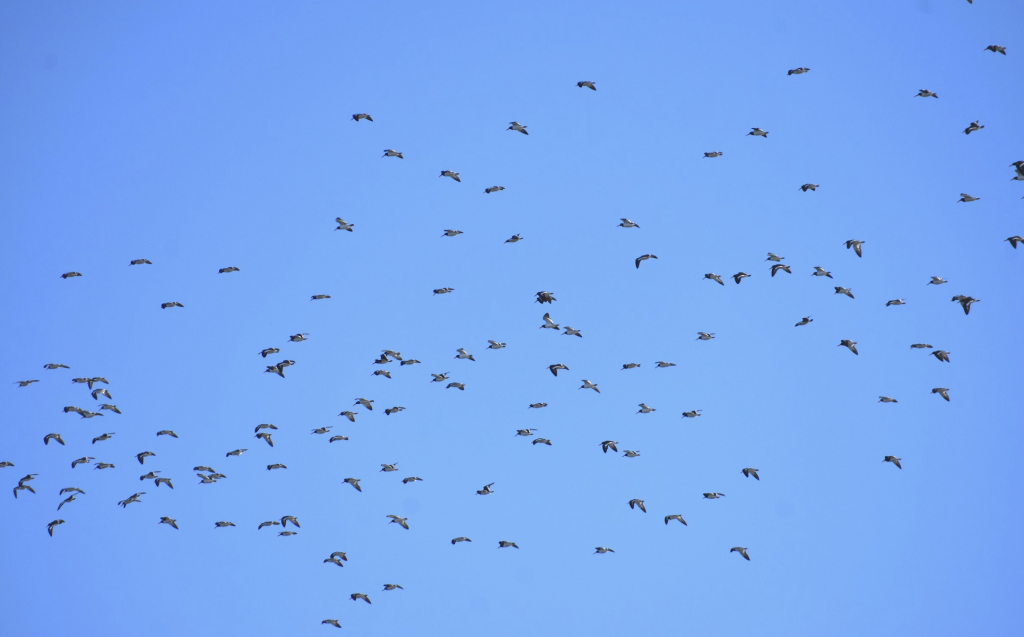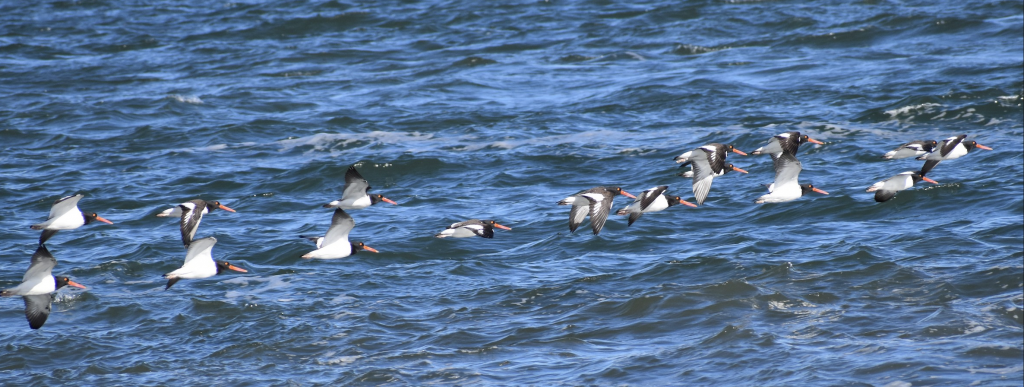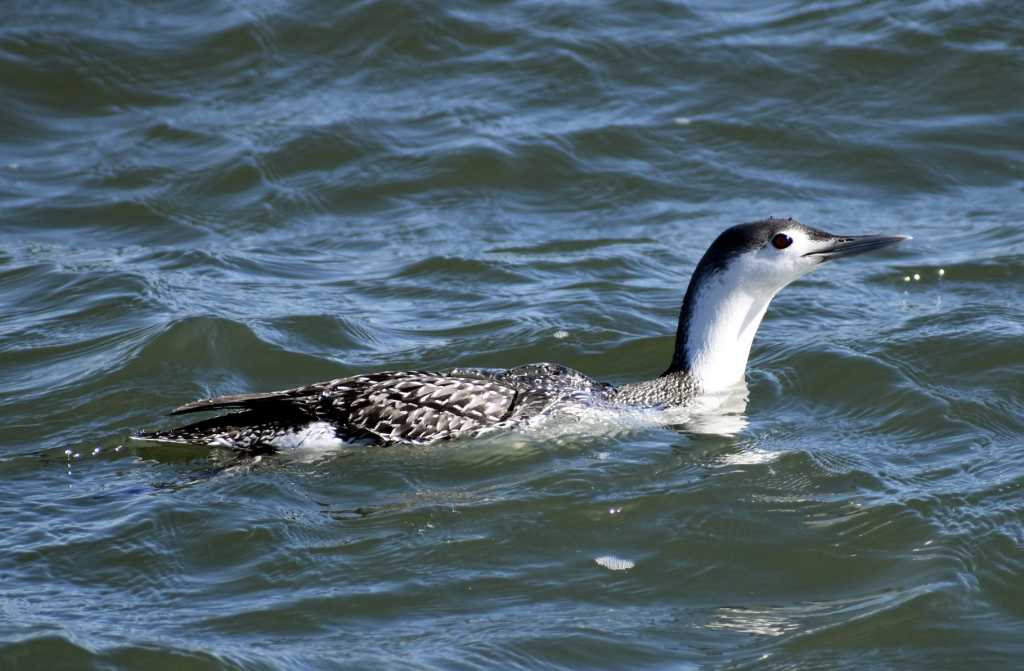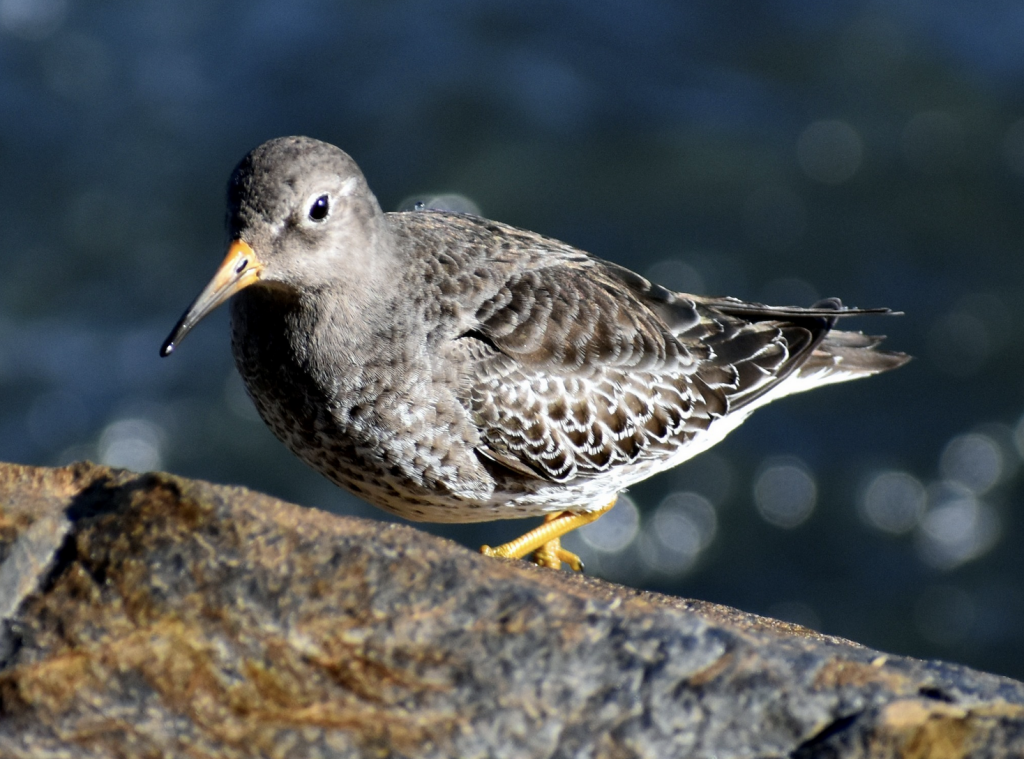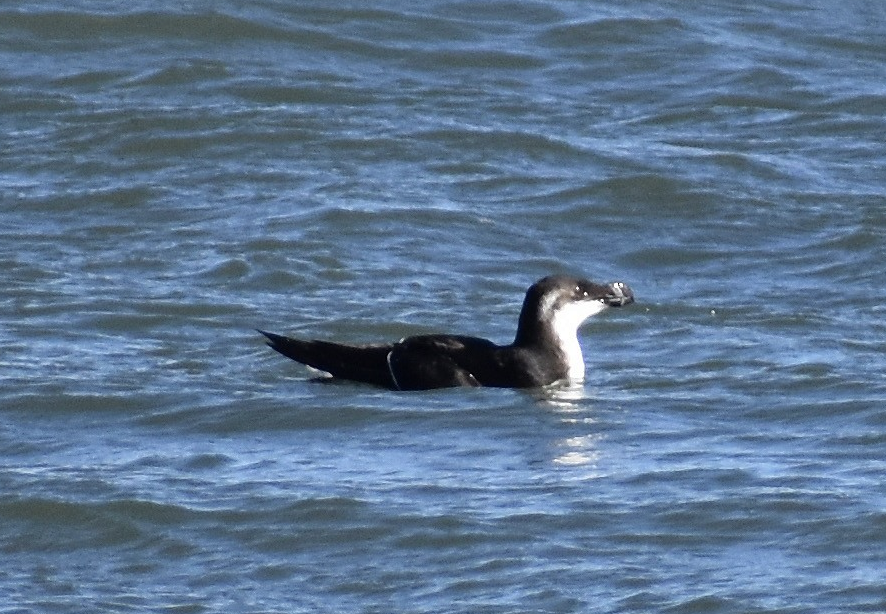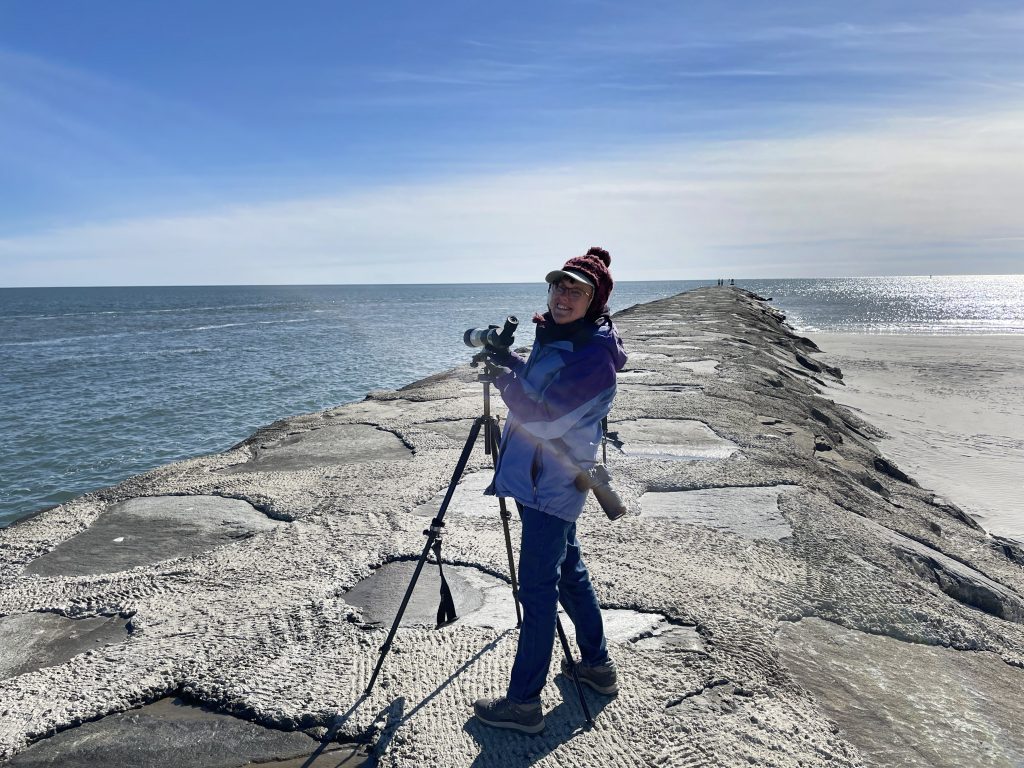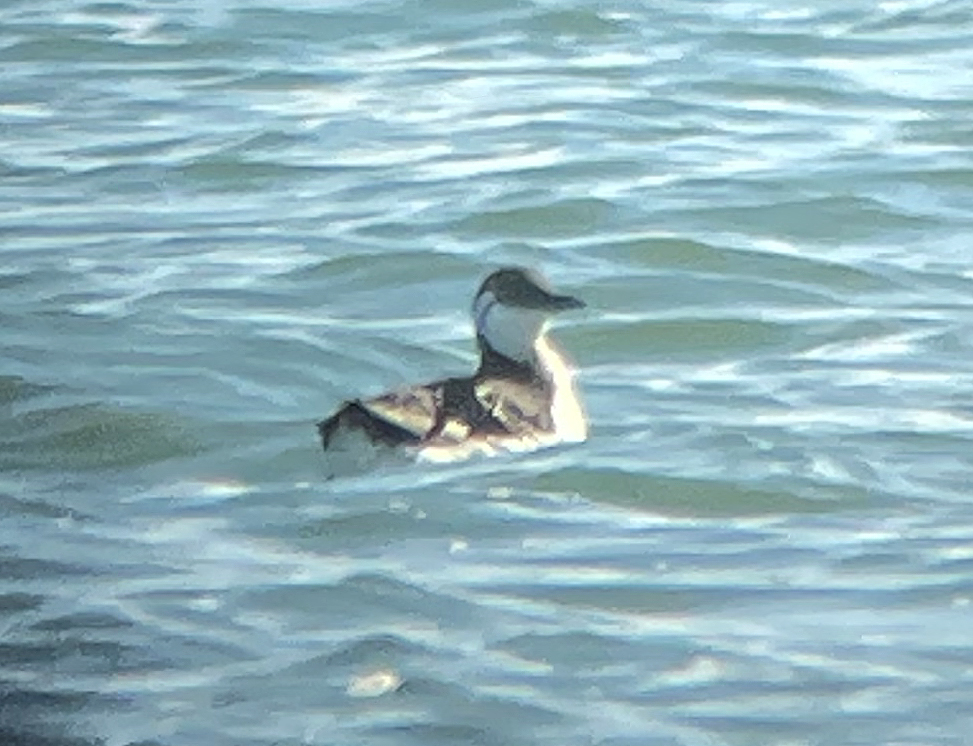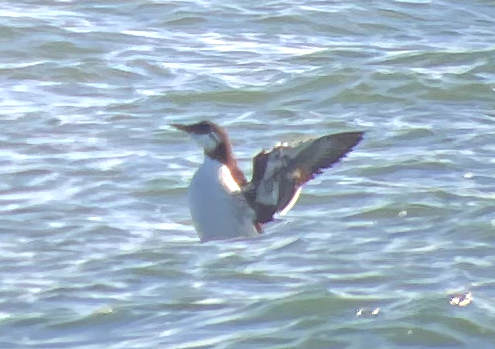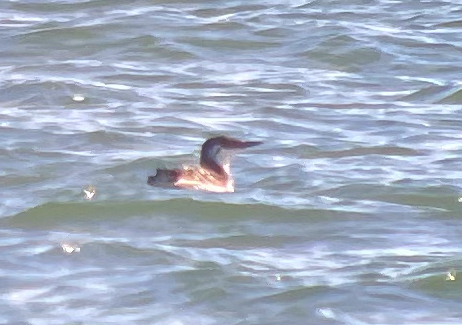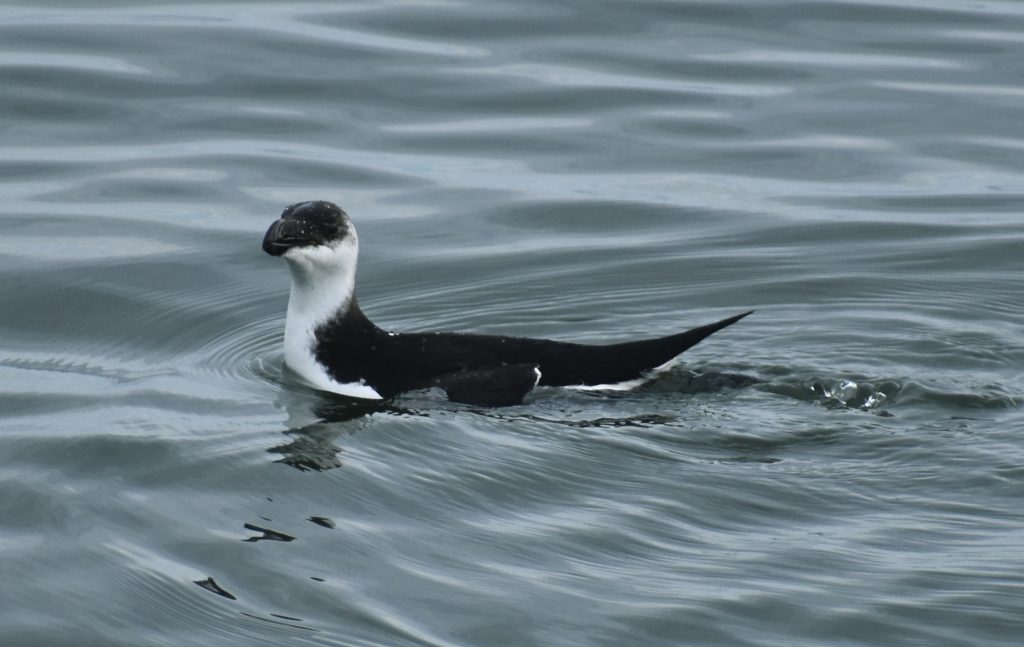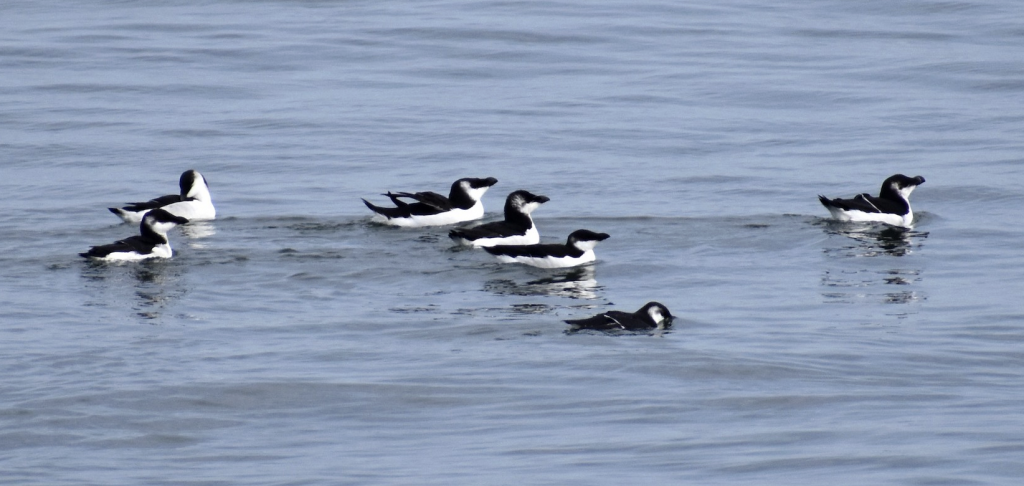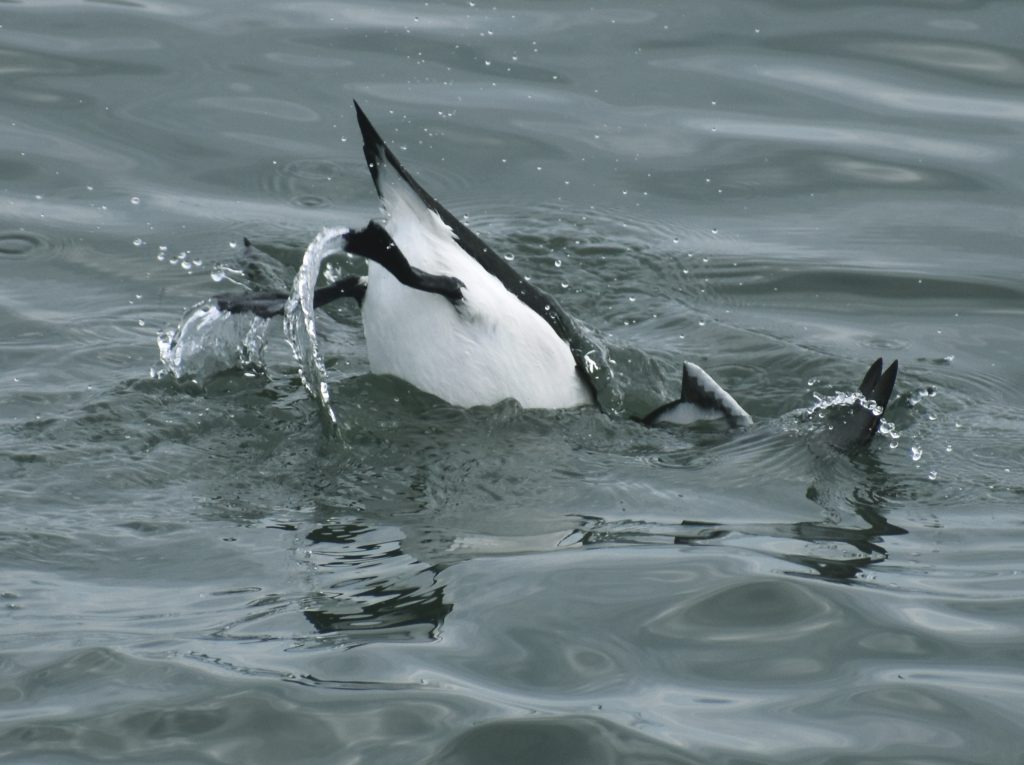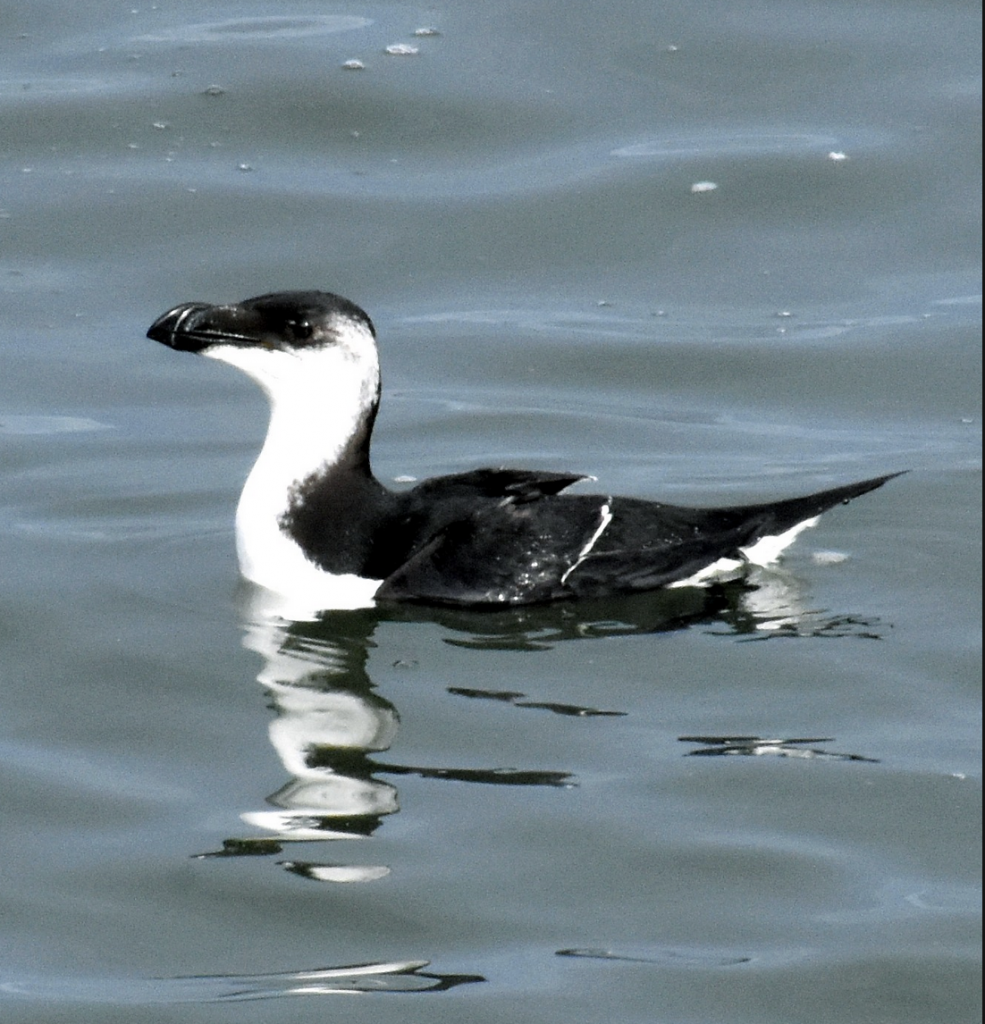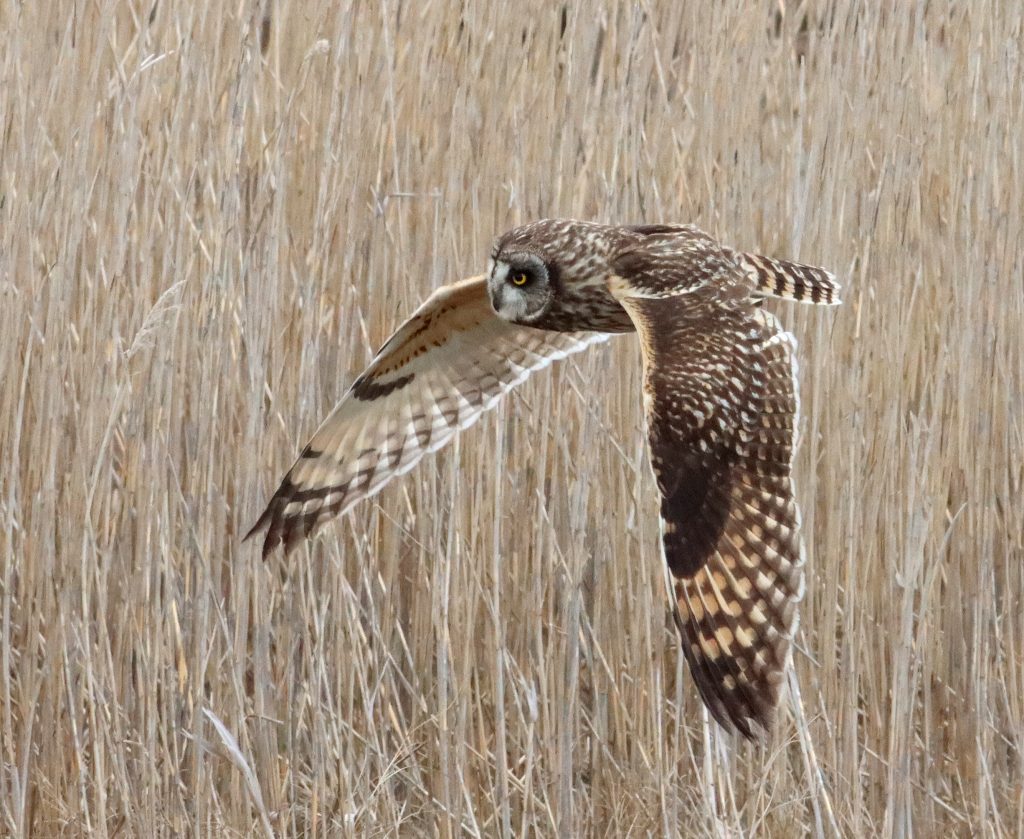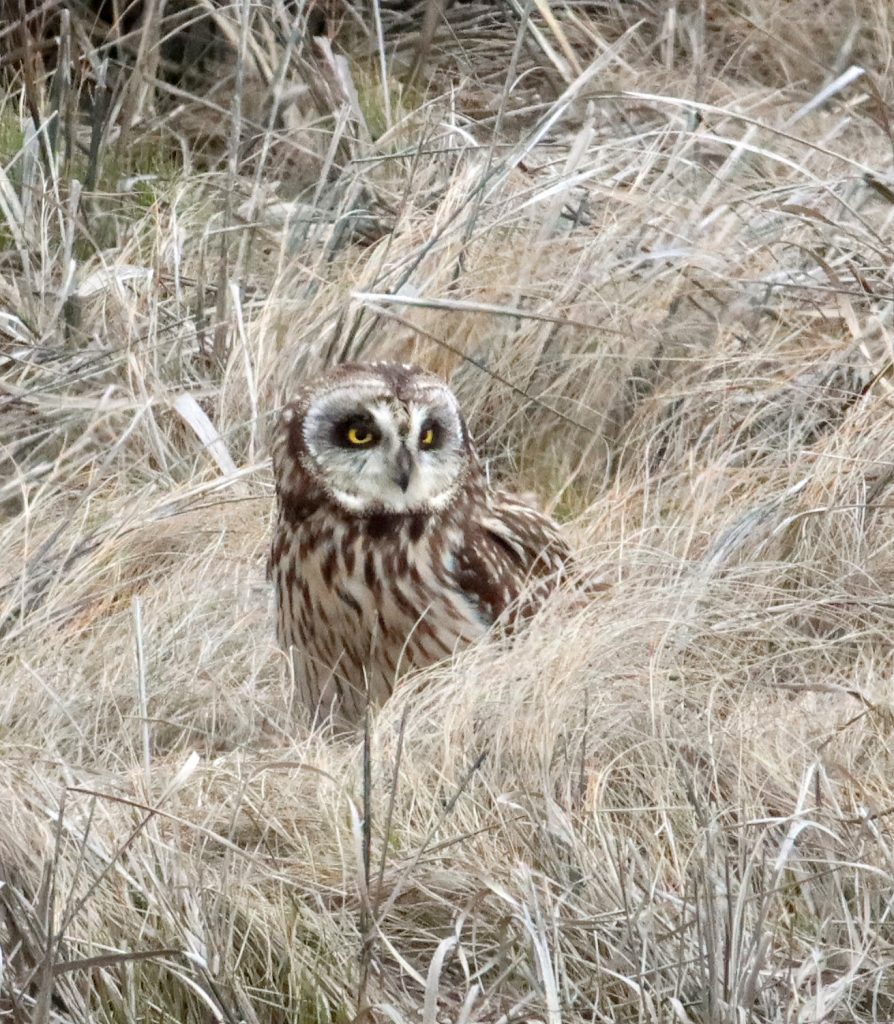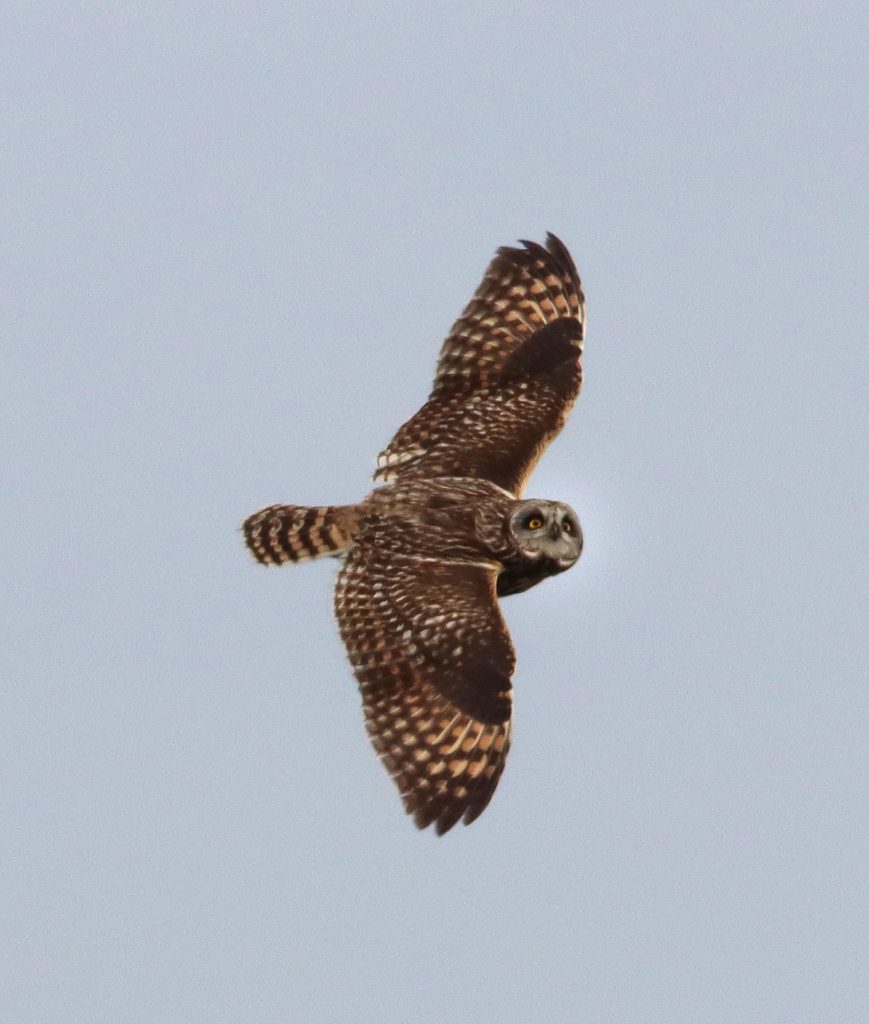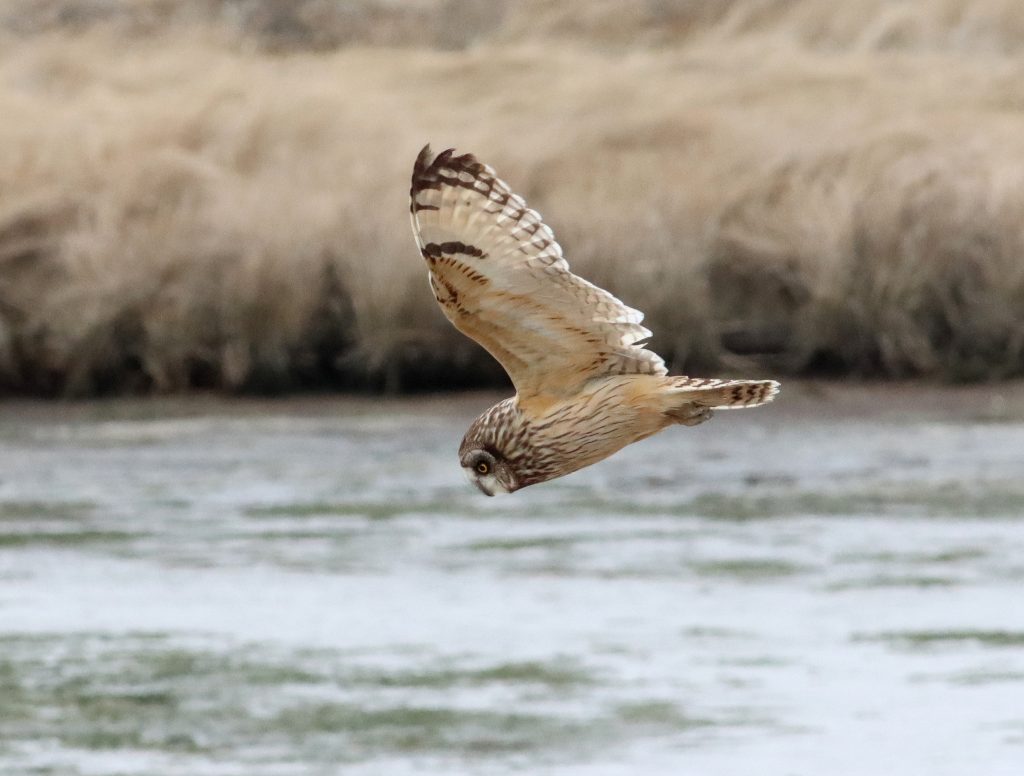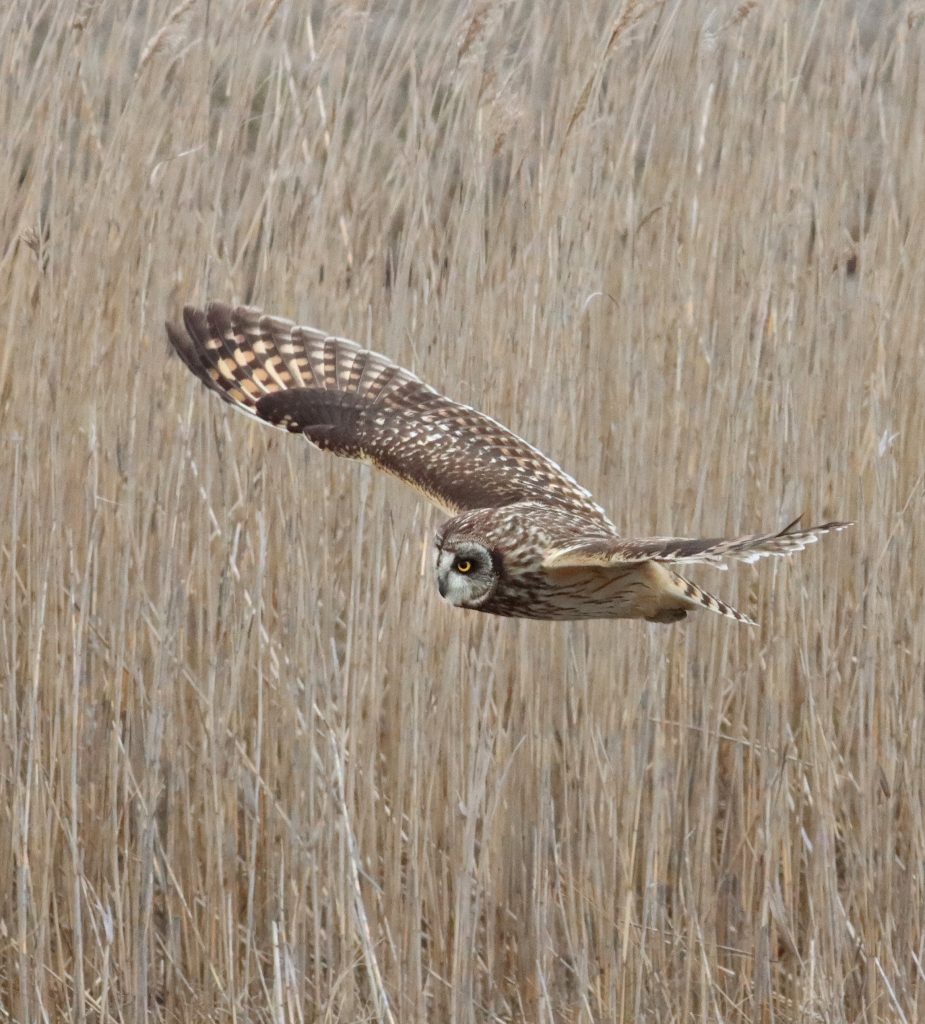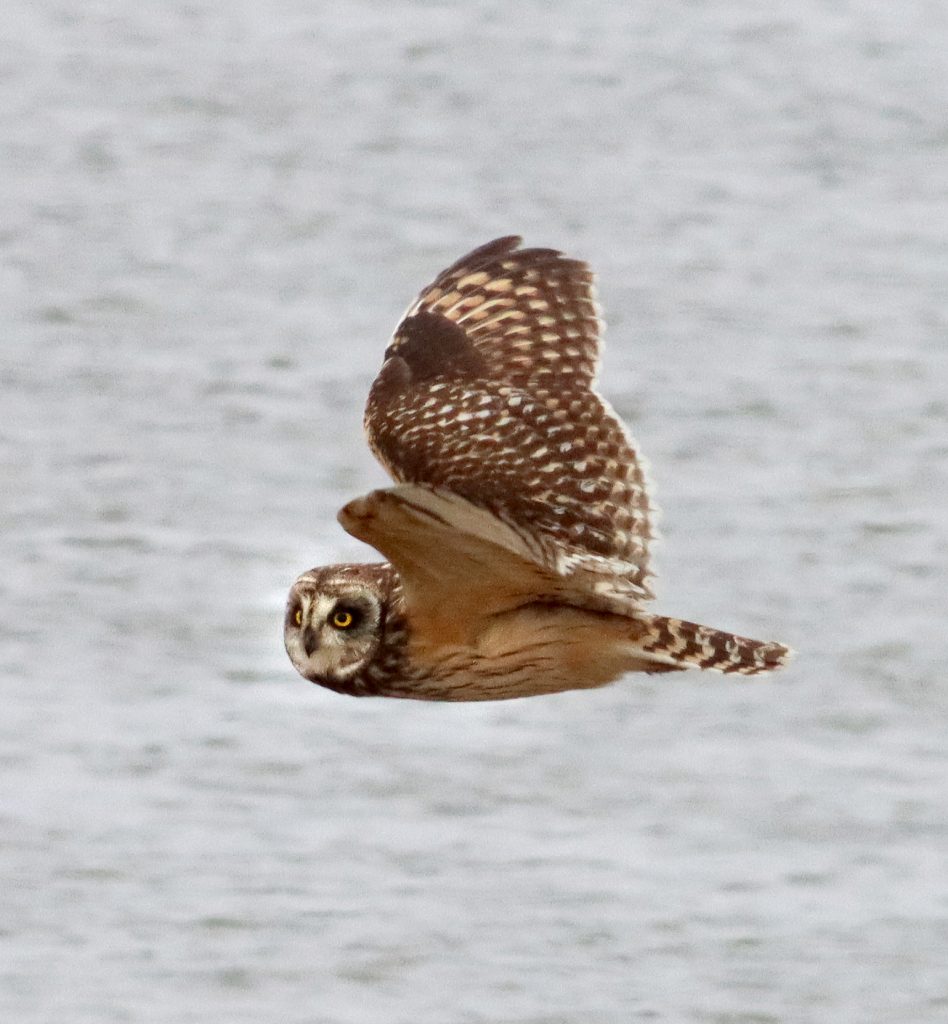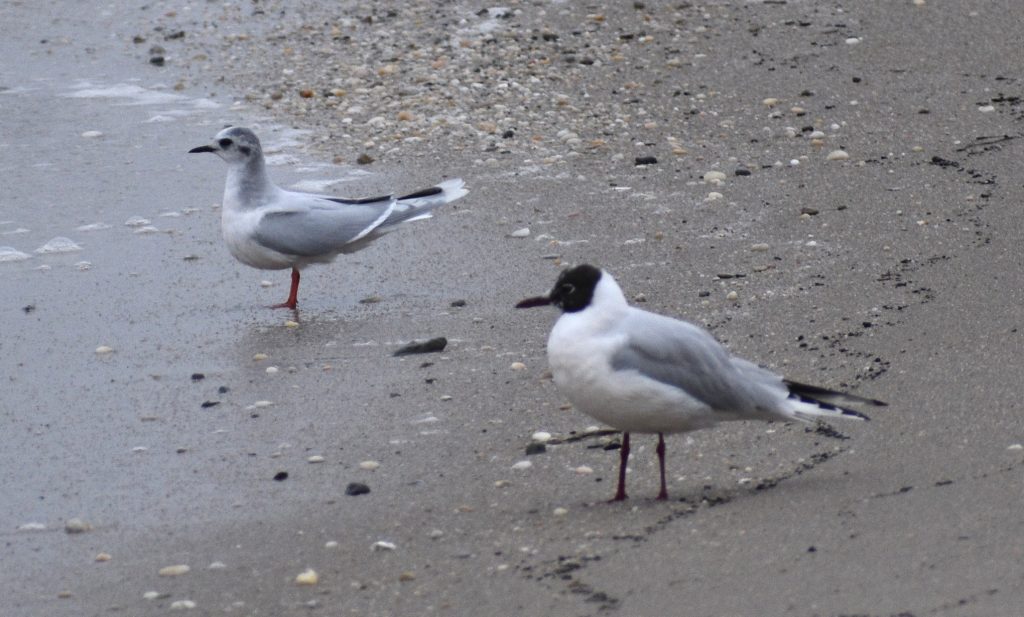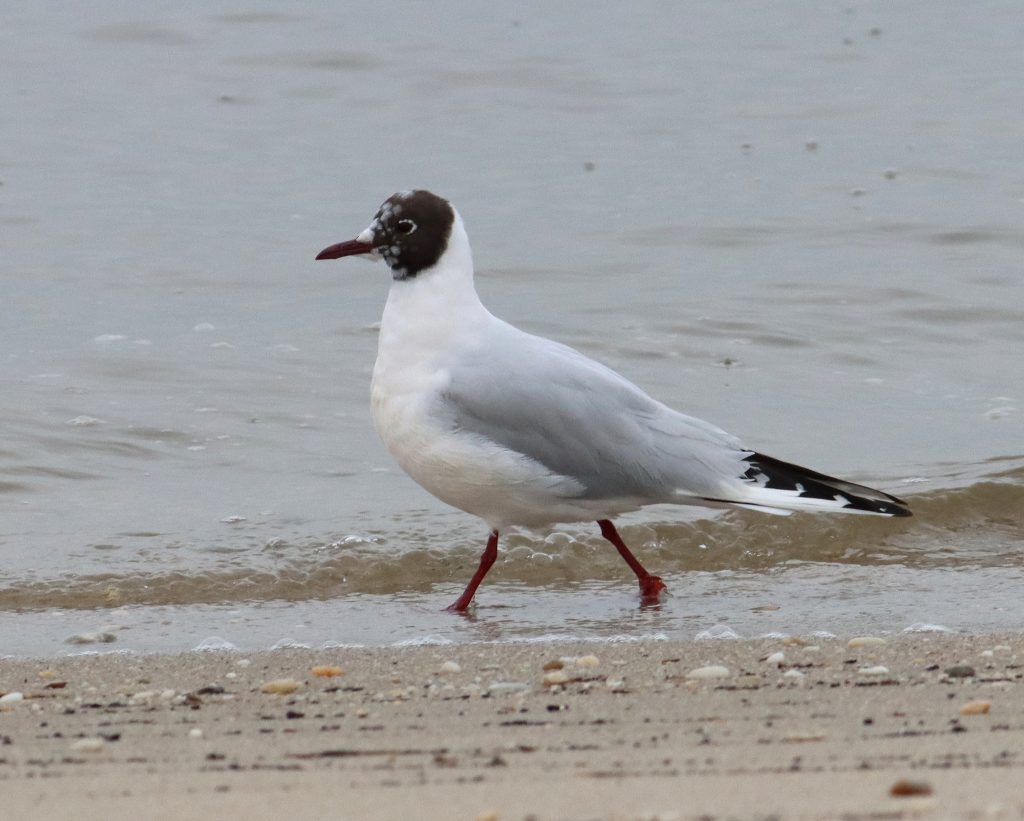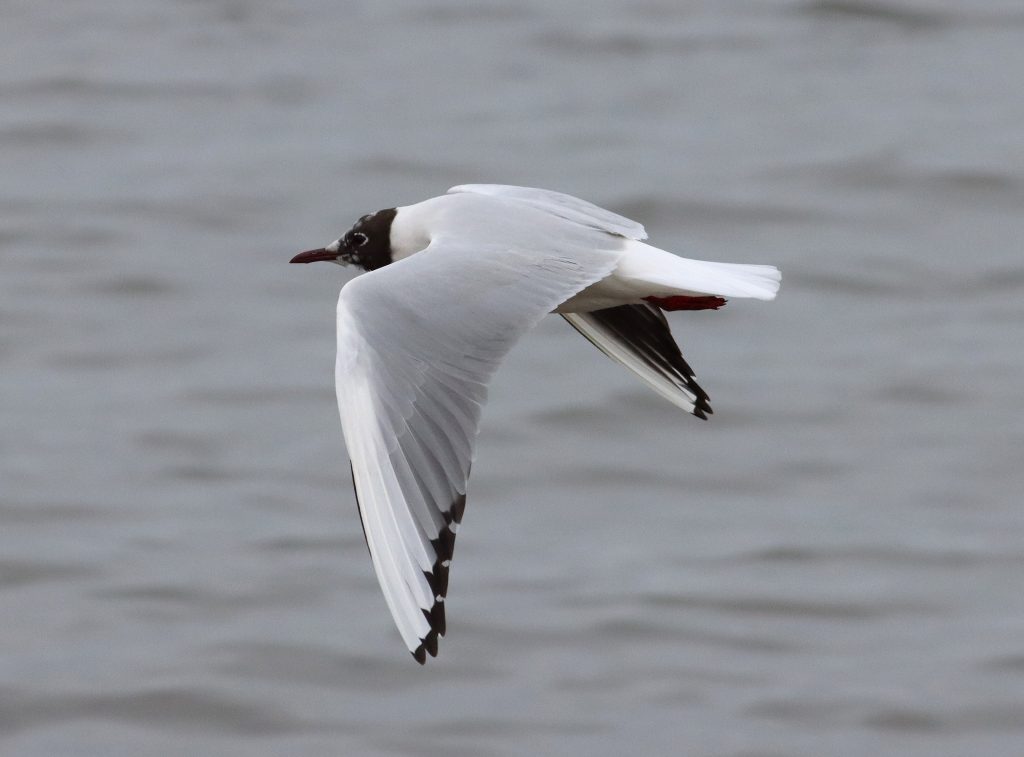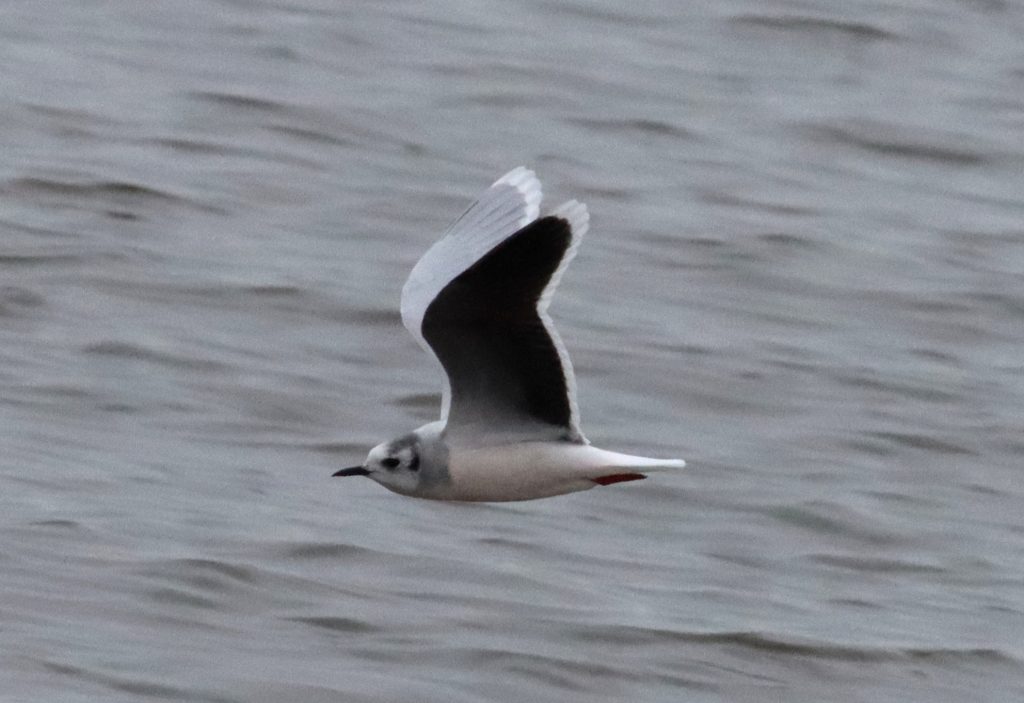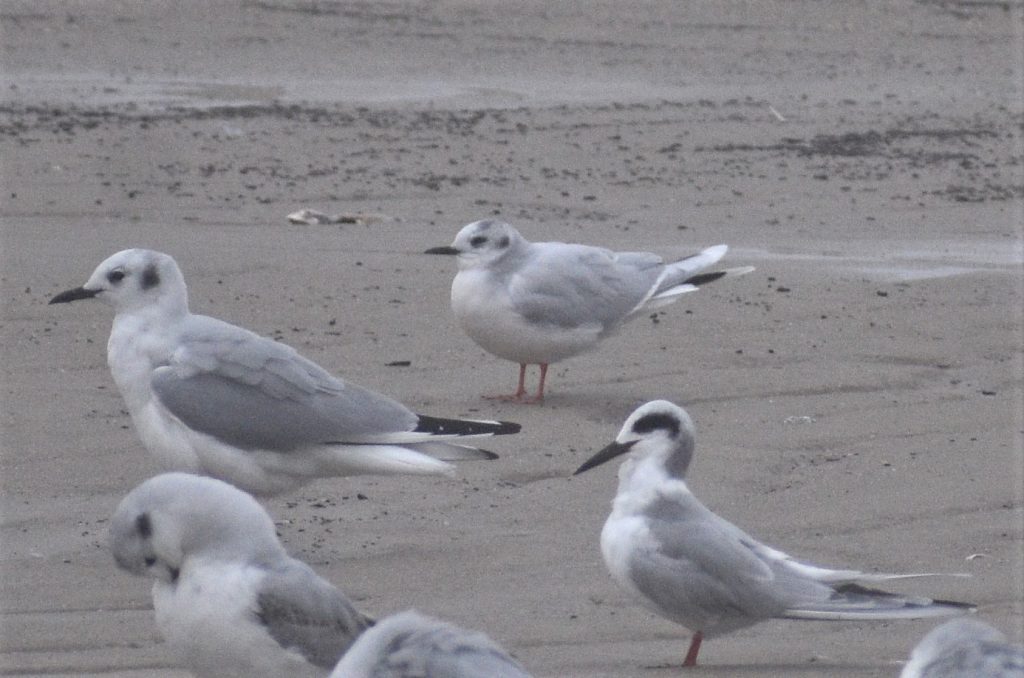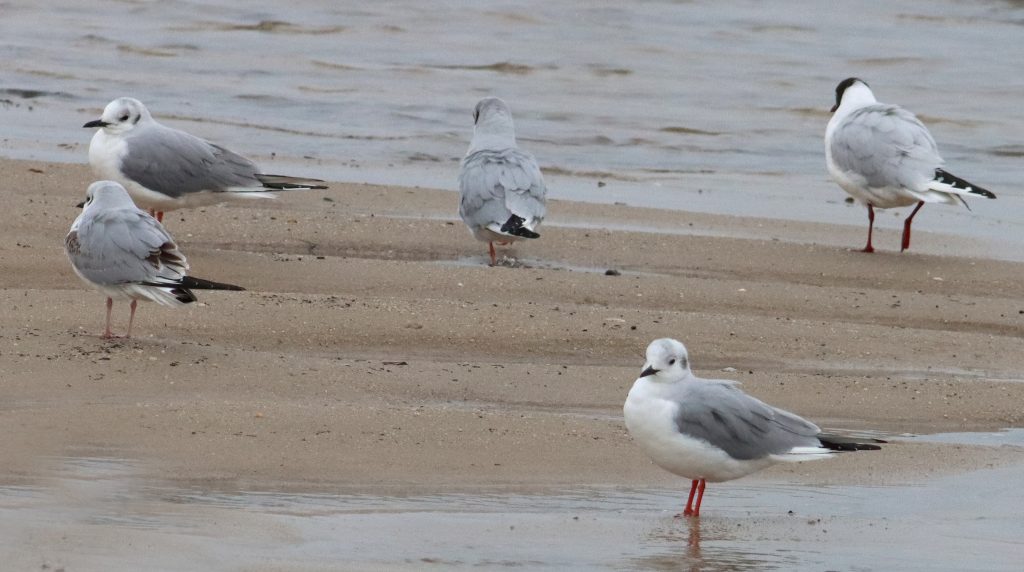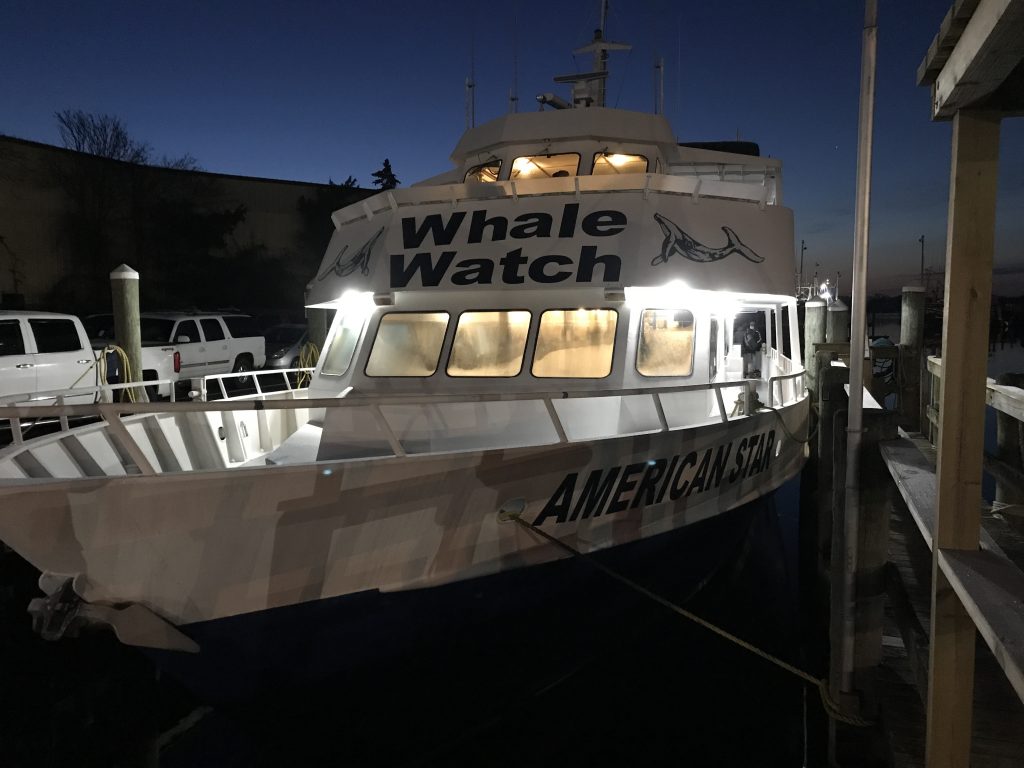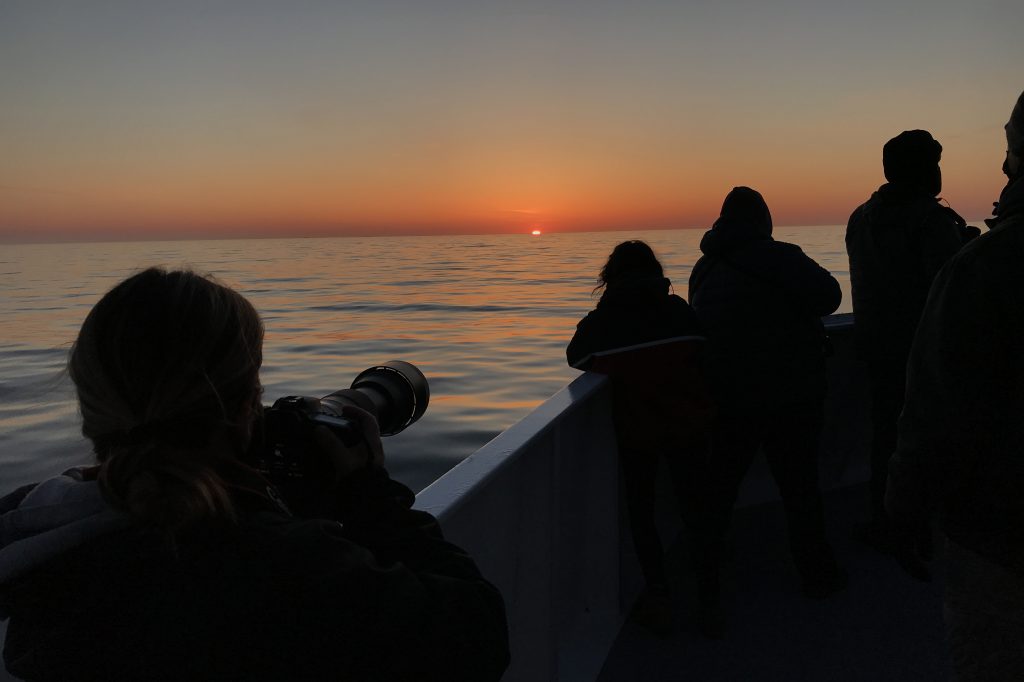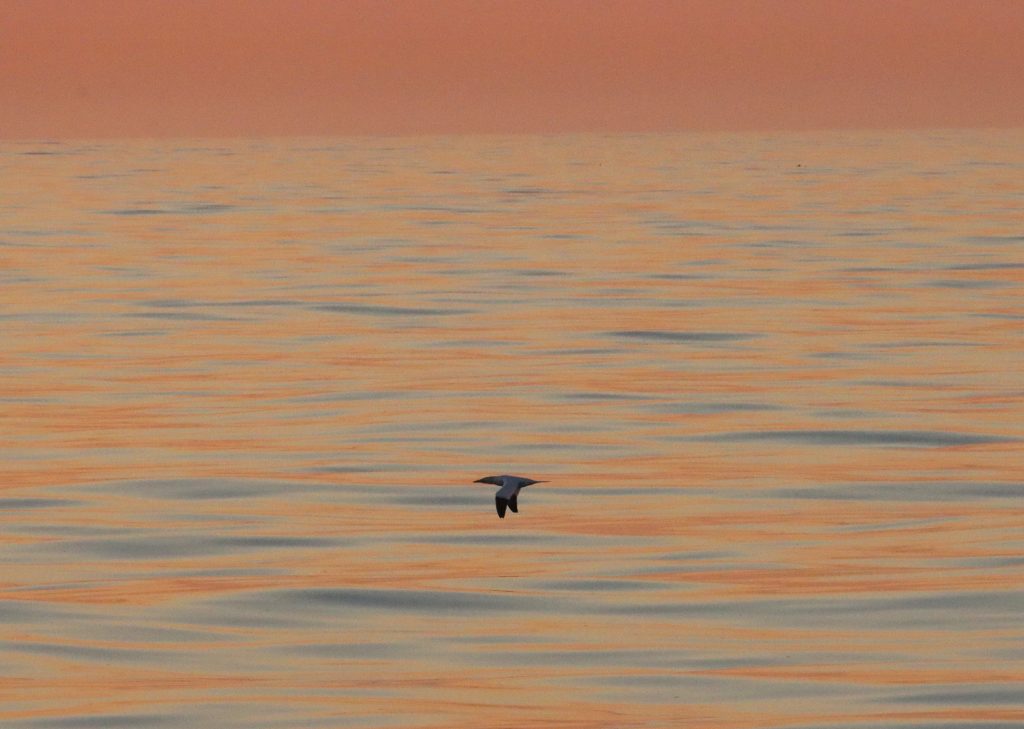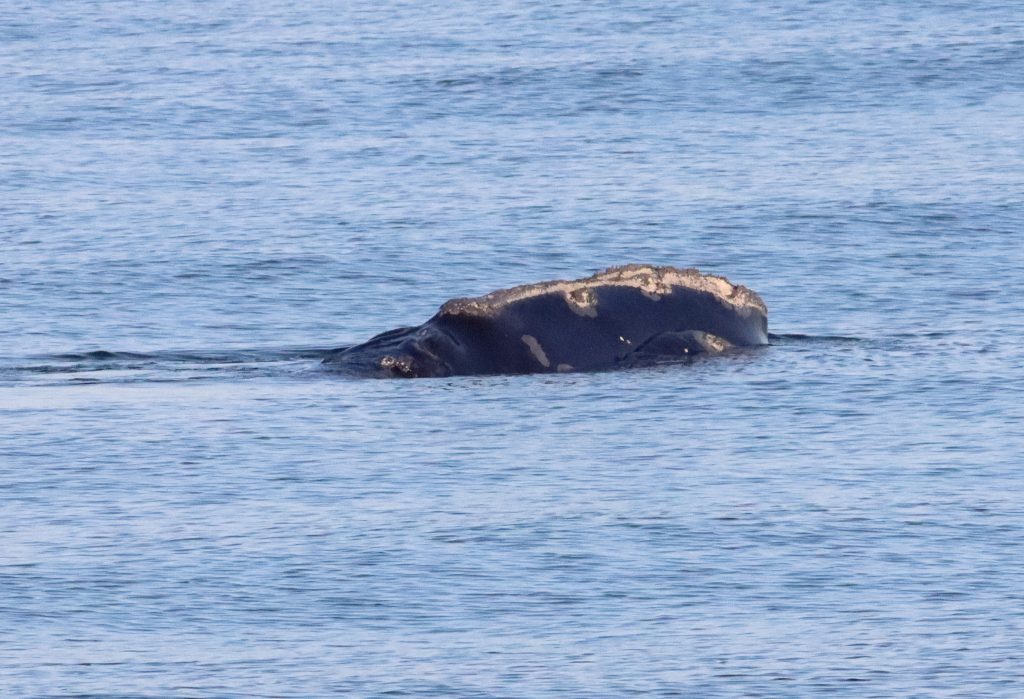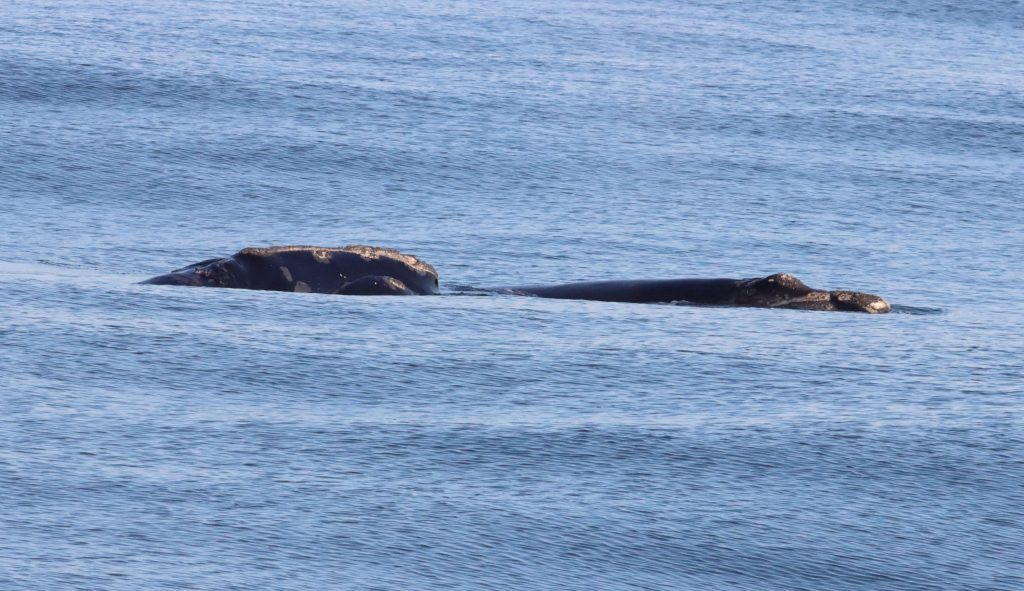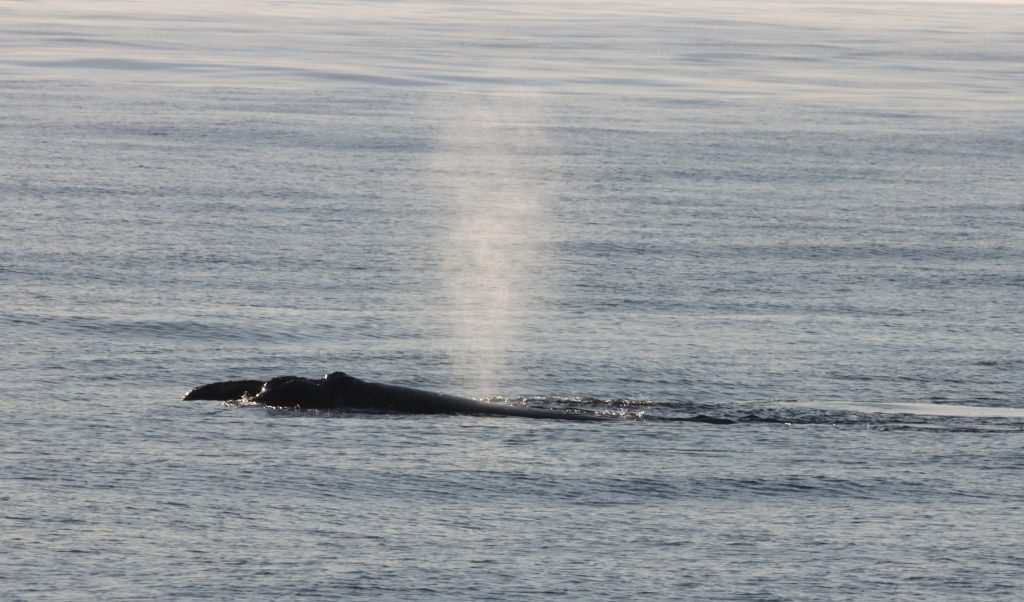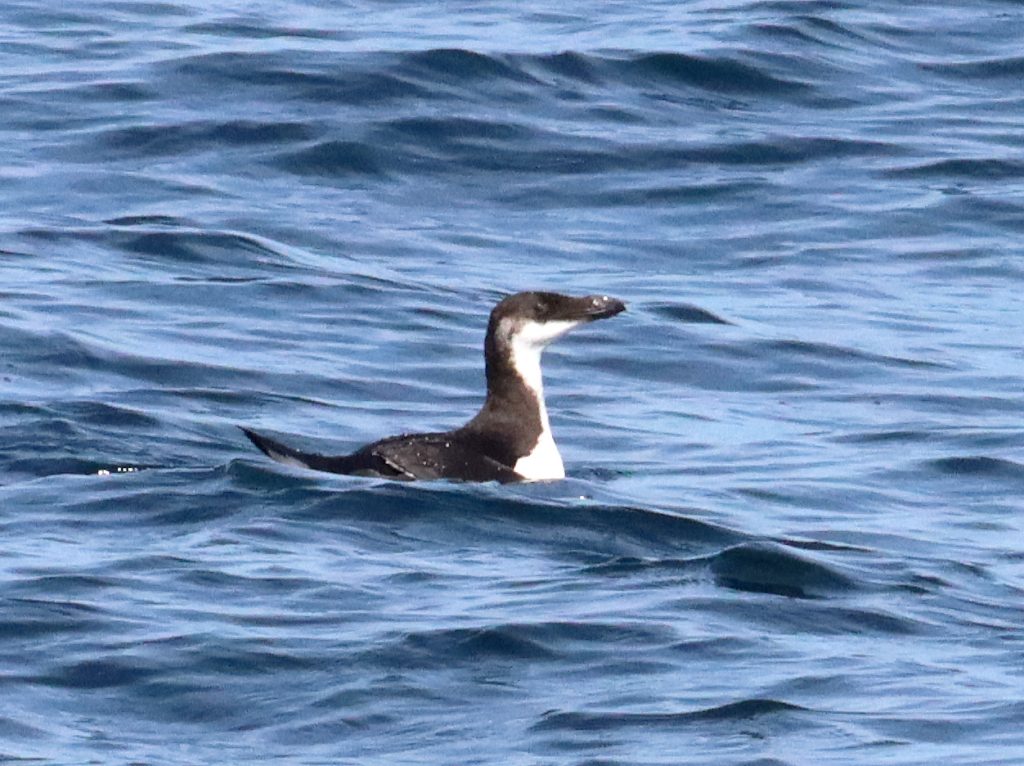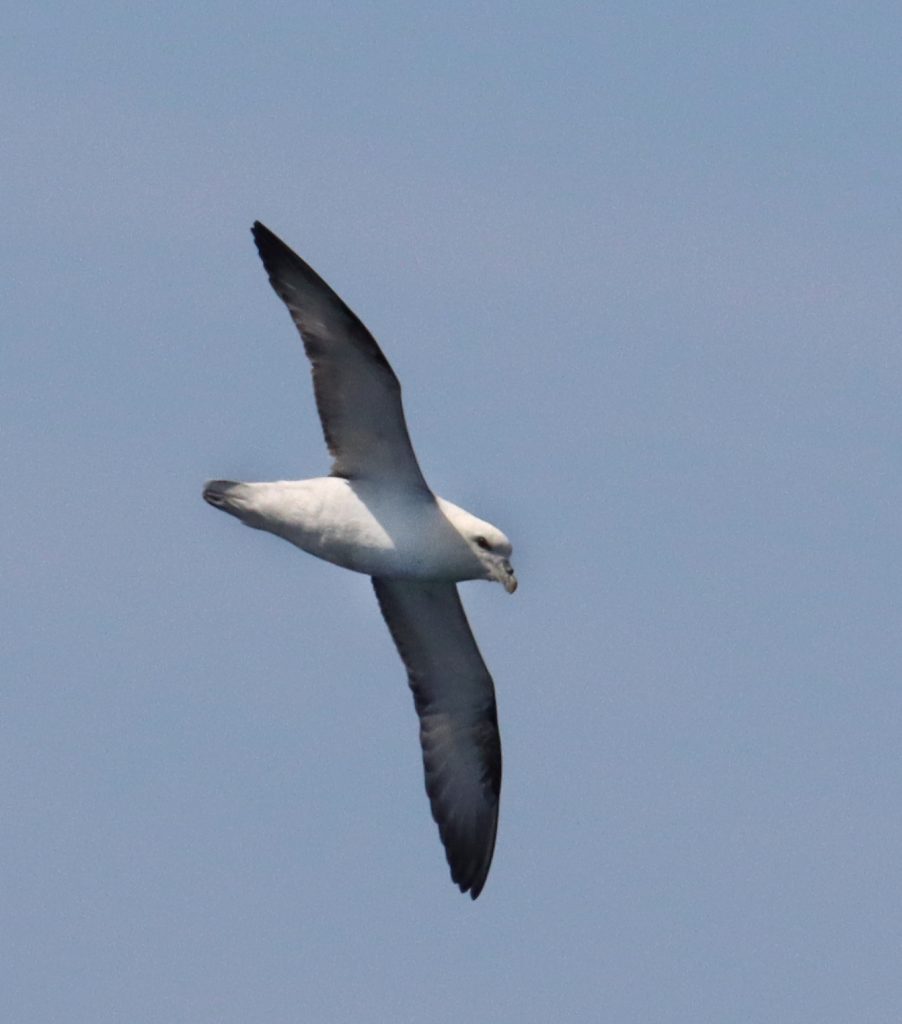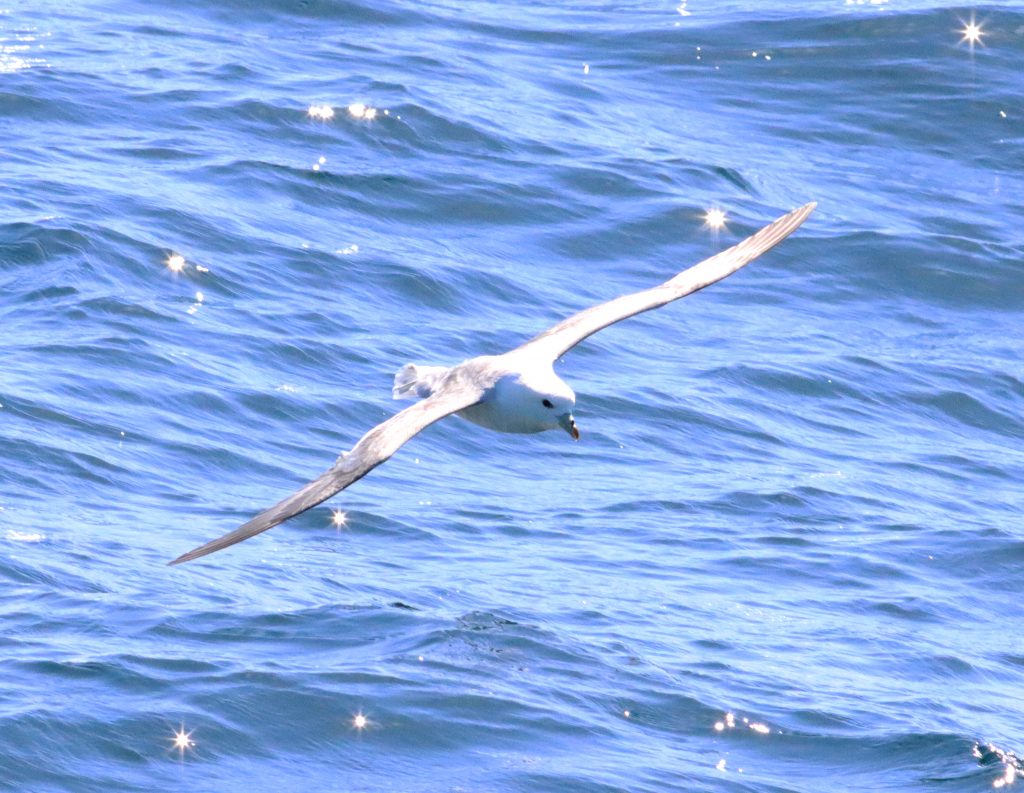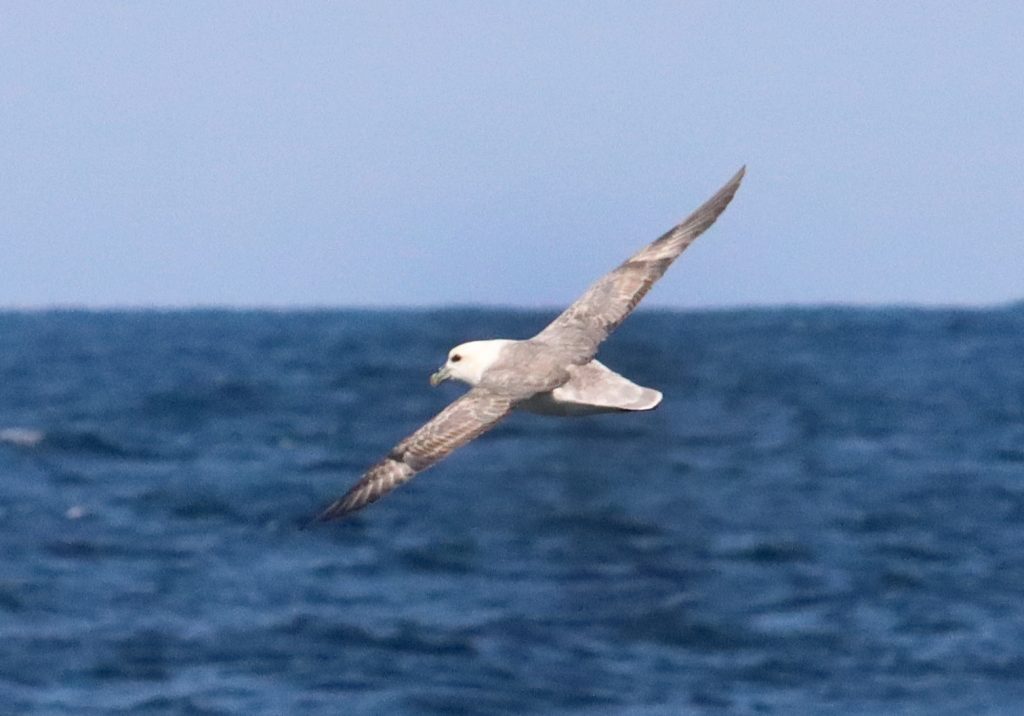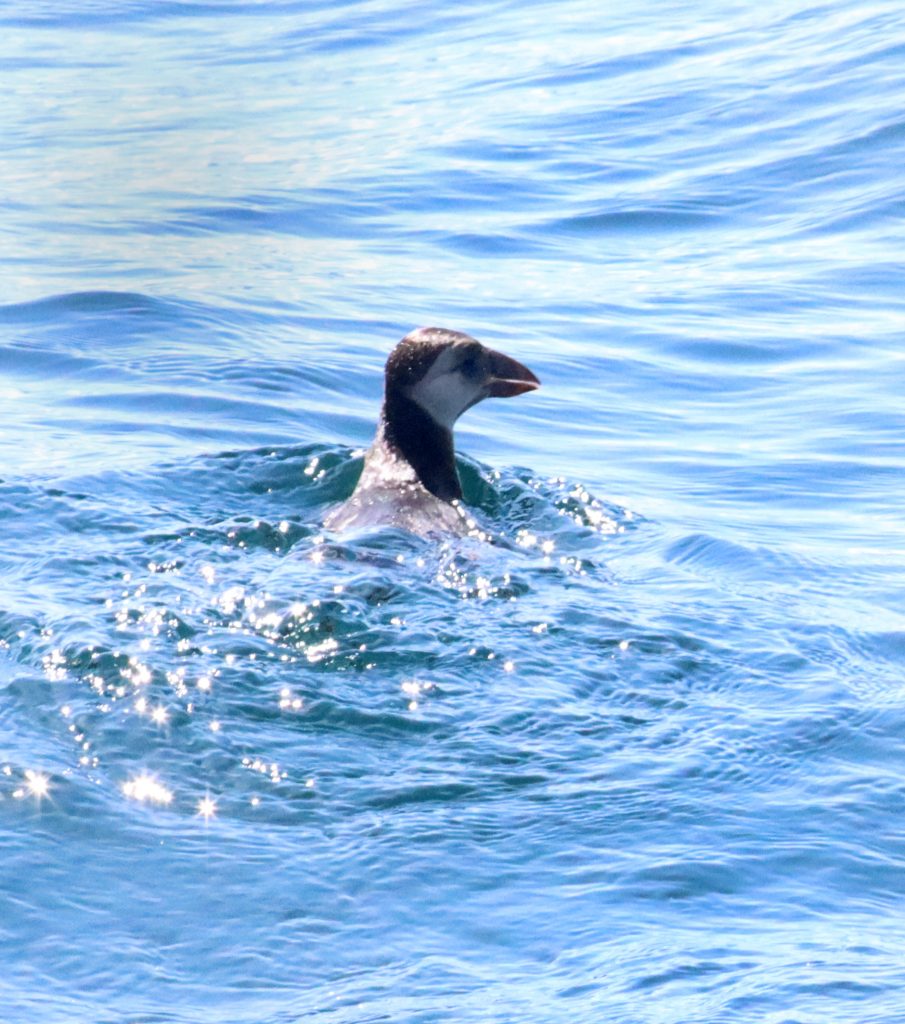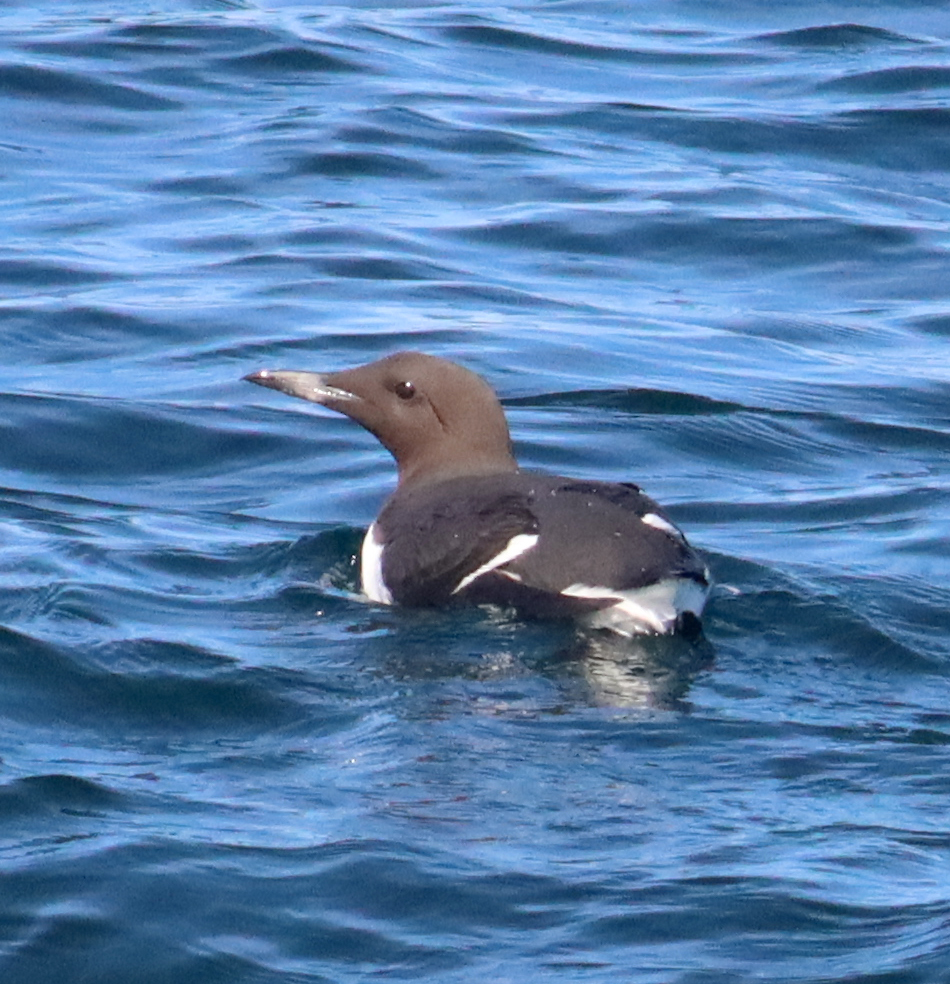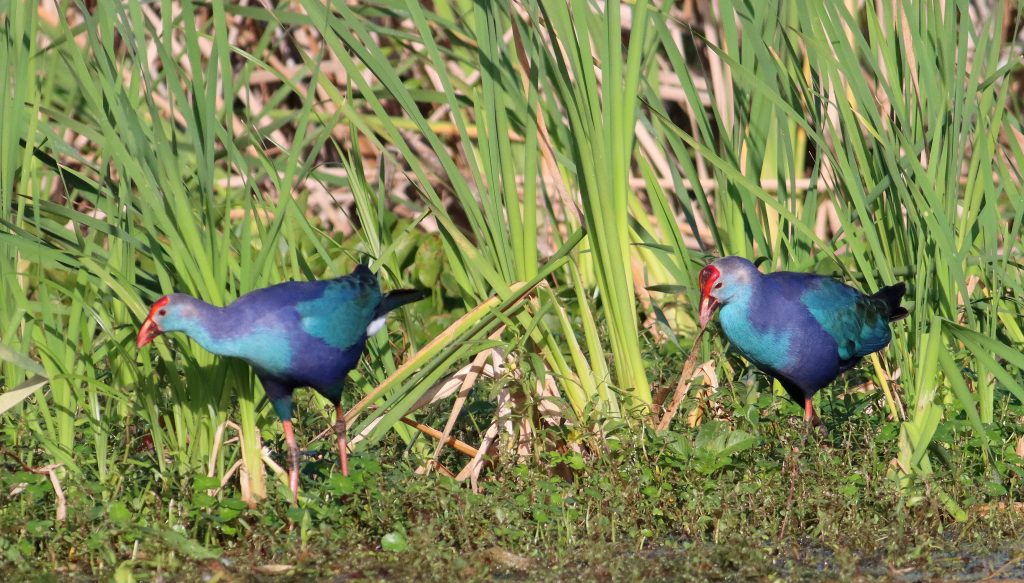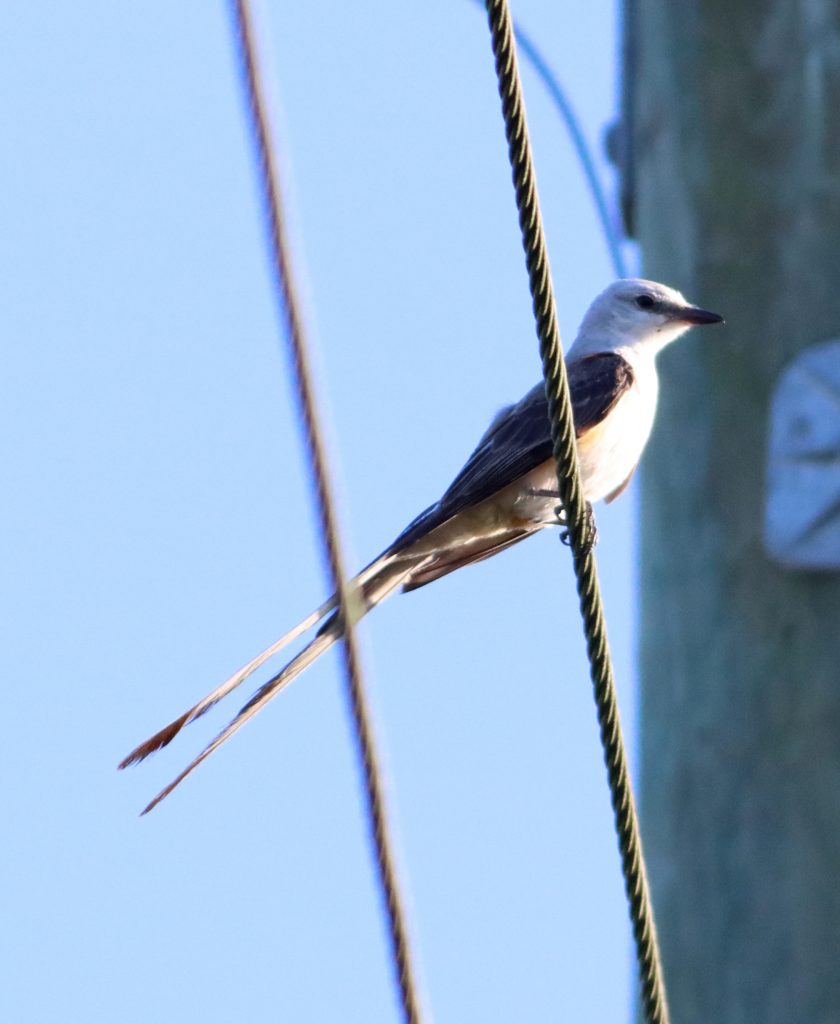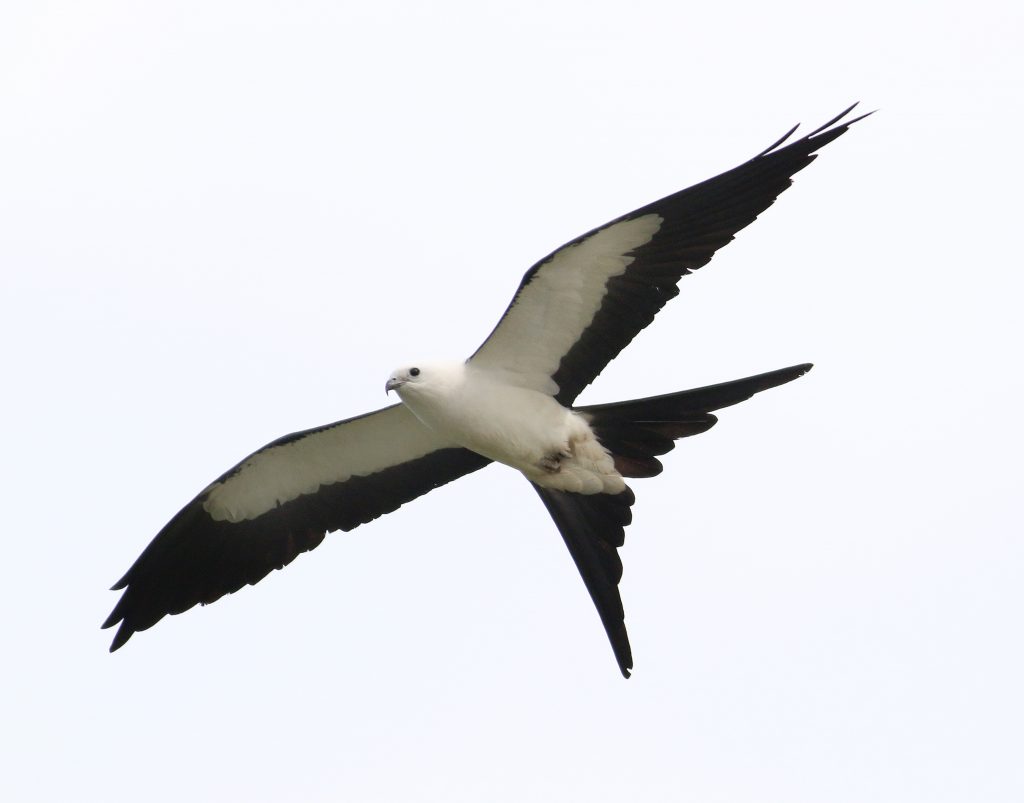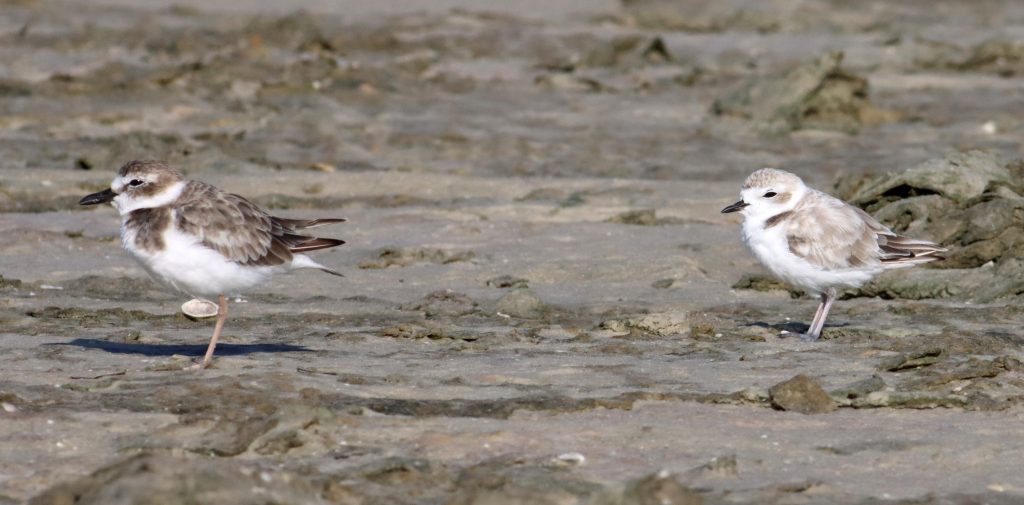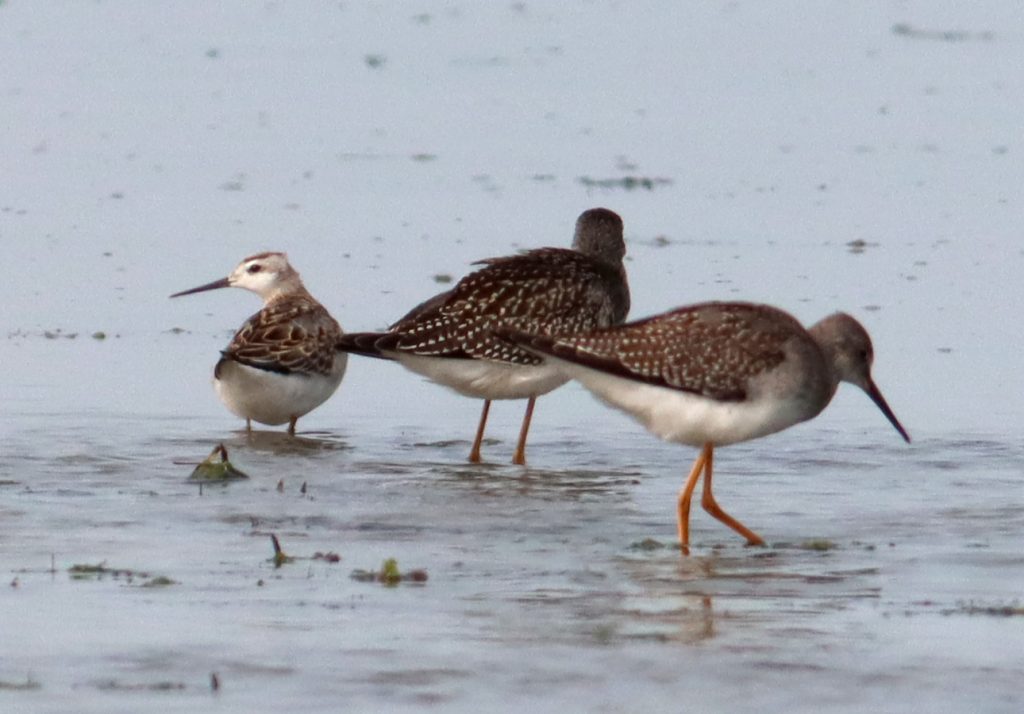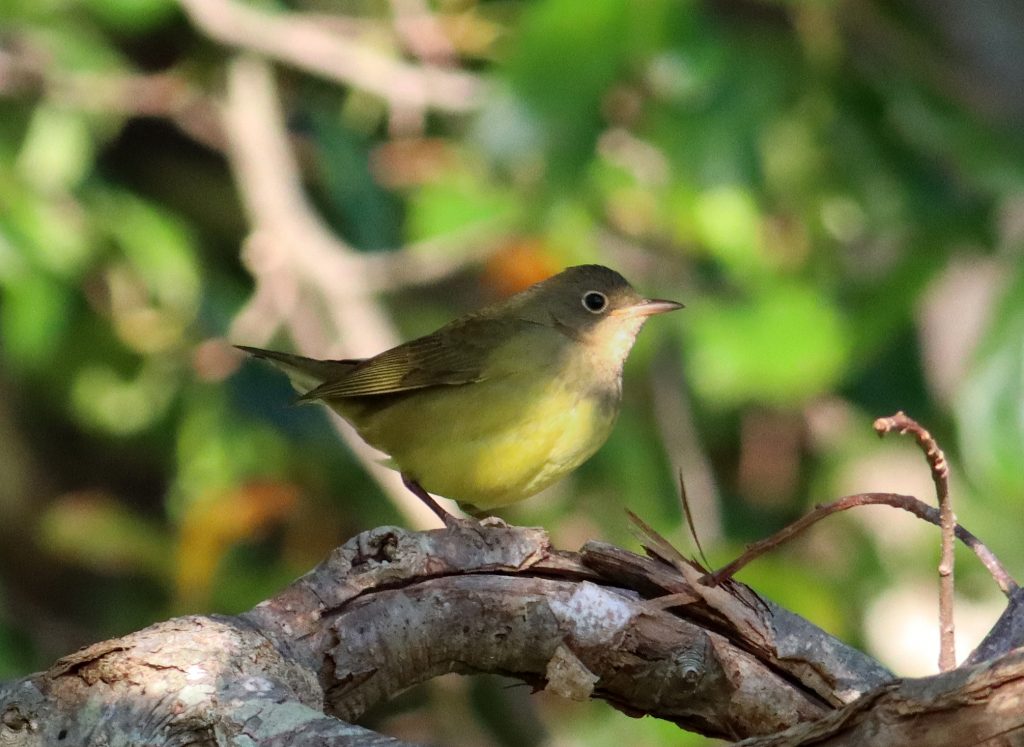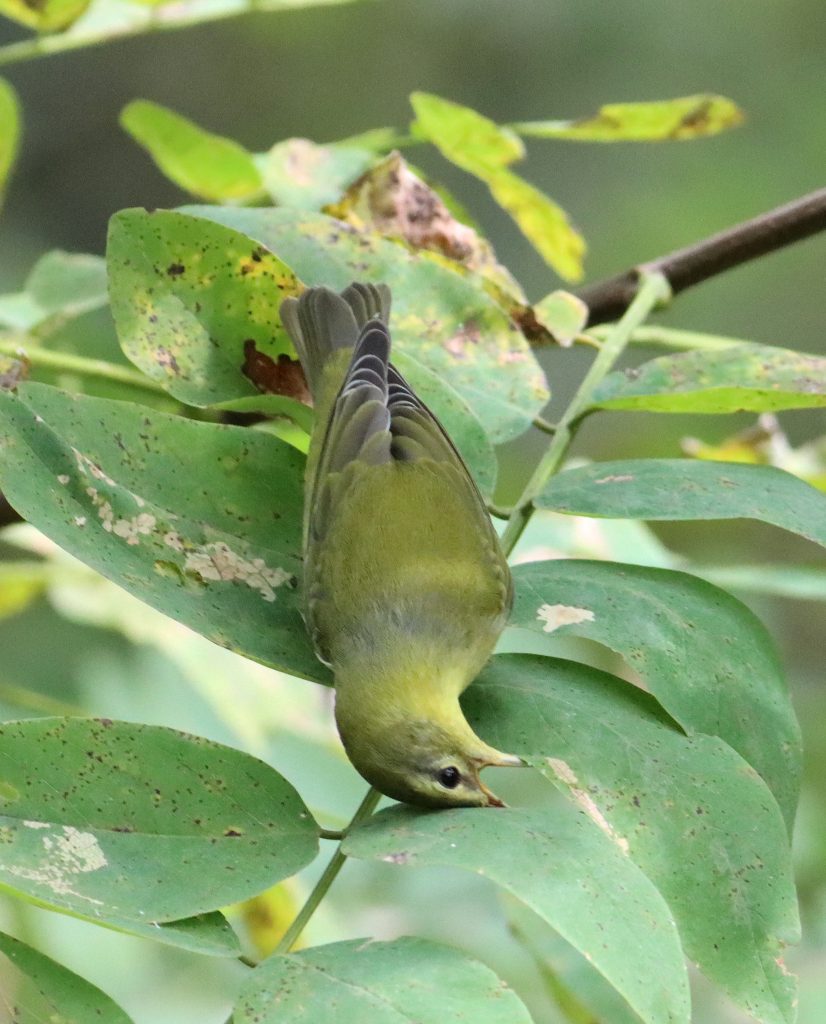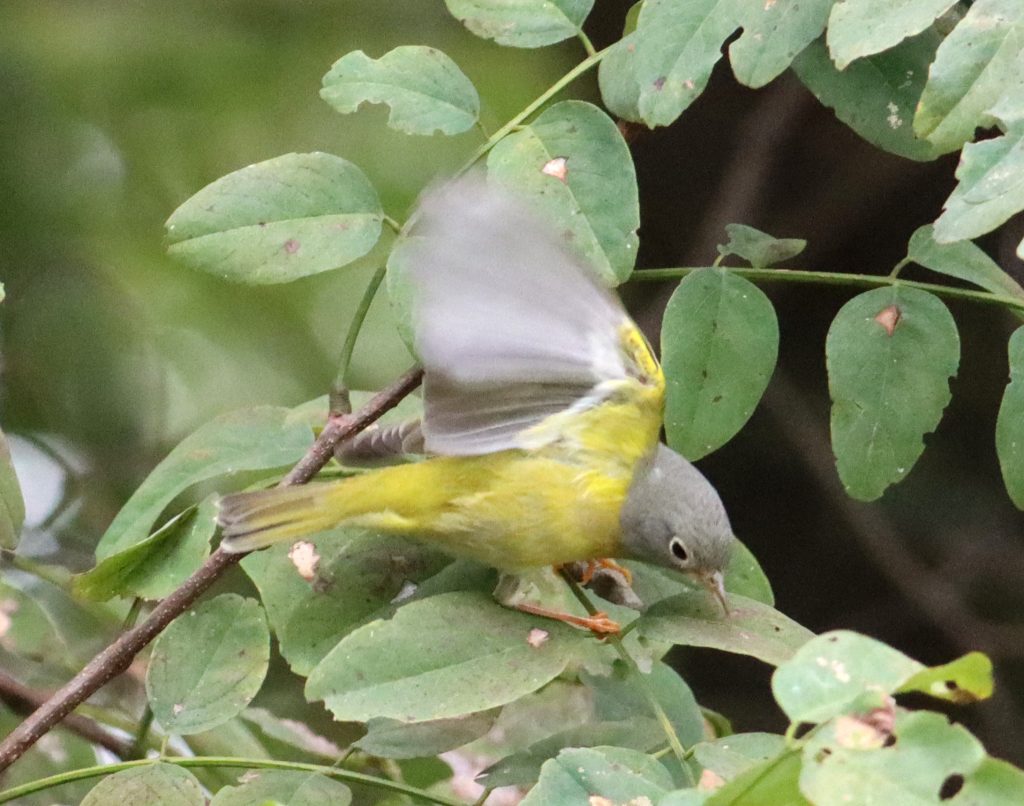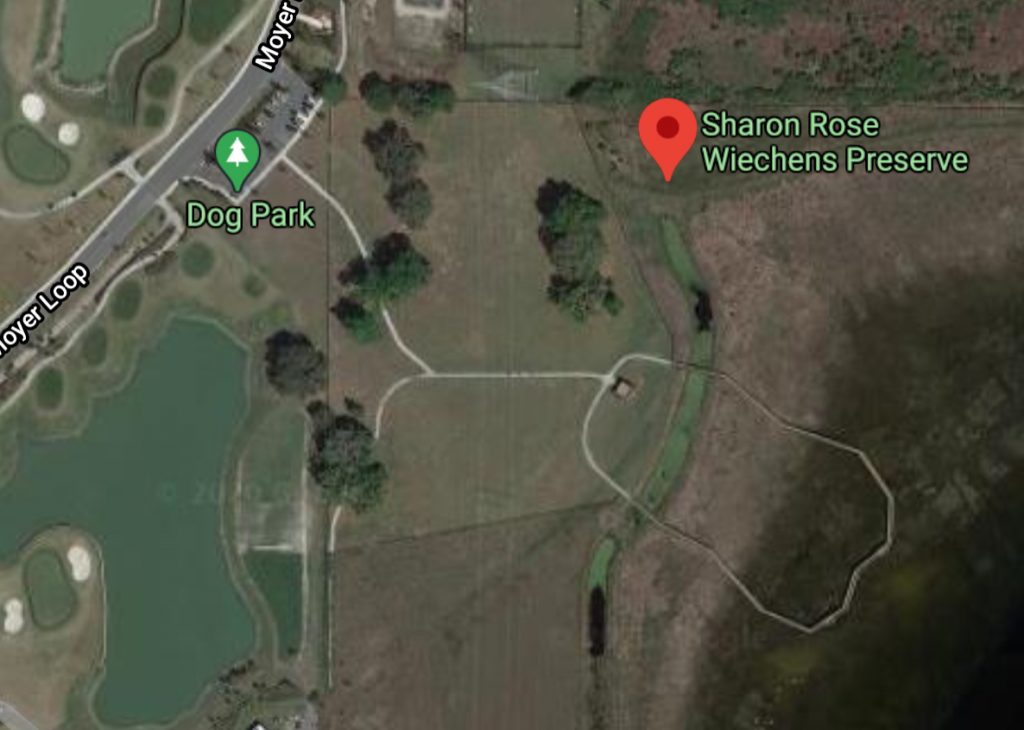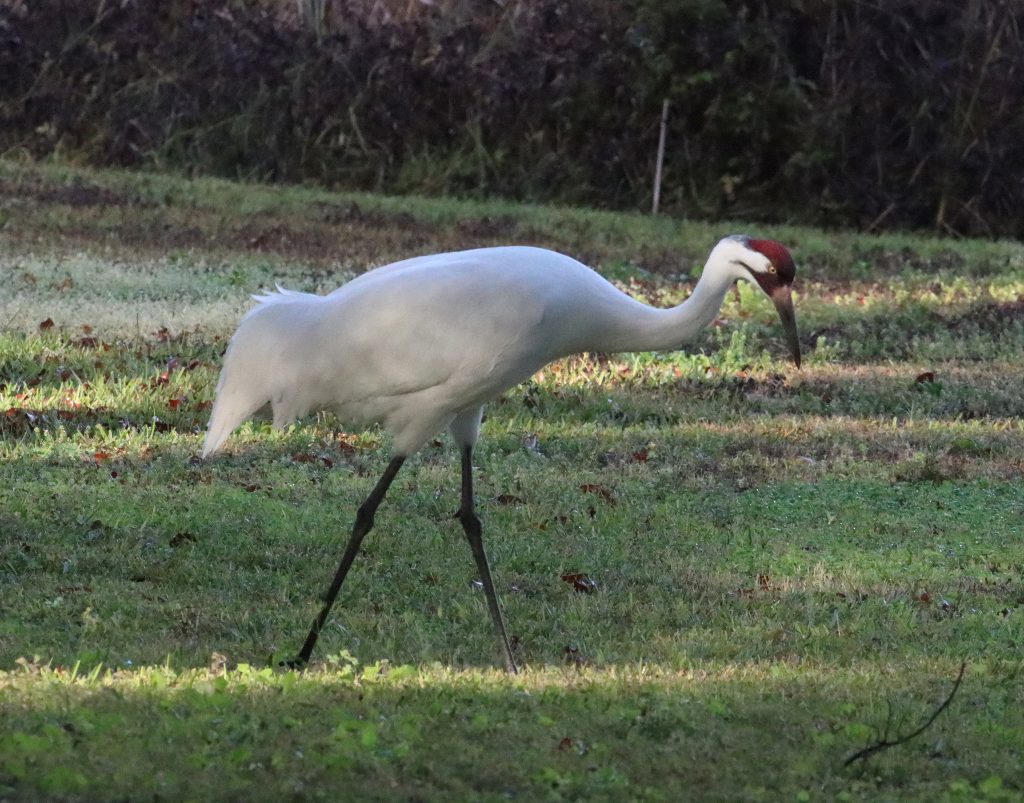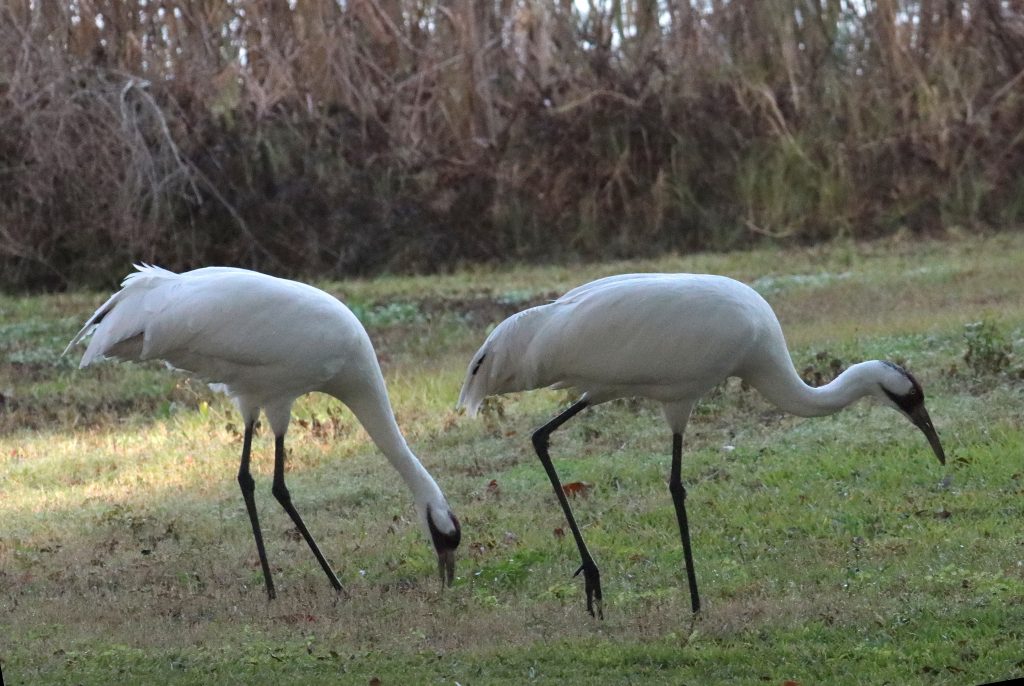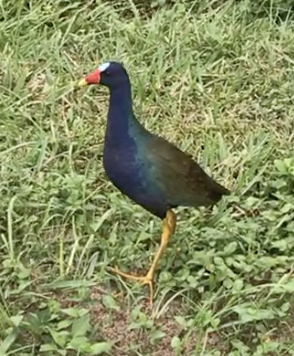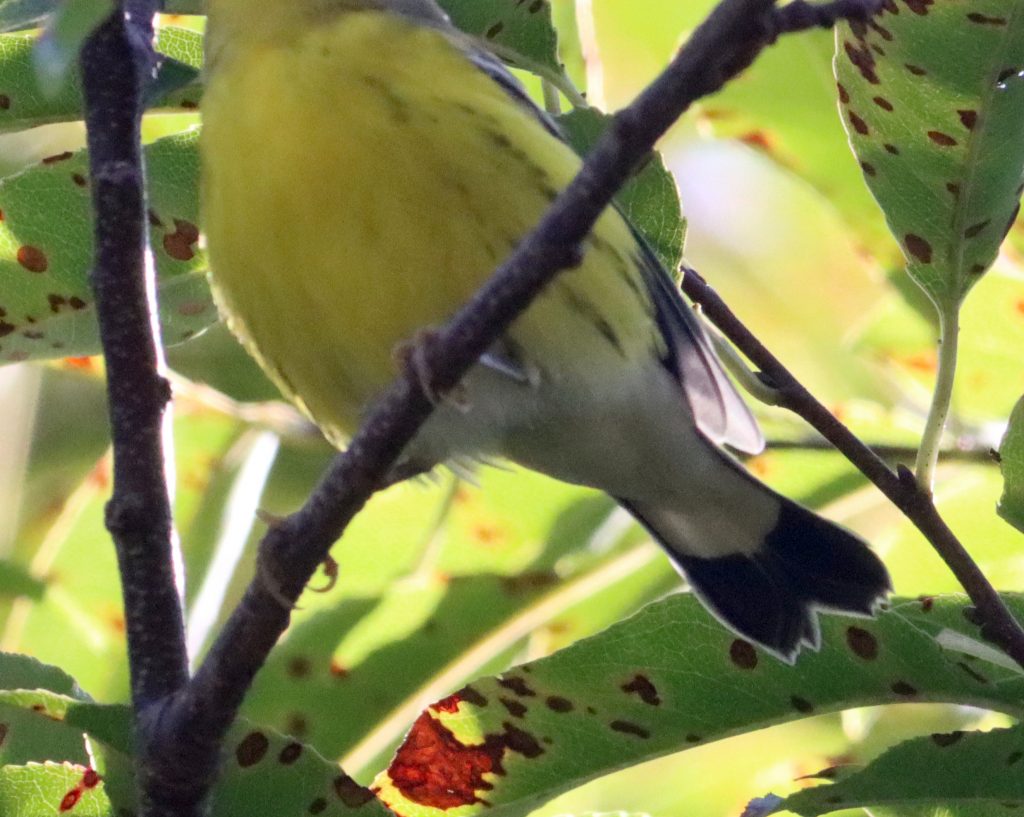Today I was inspired to create part 4 of my continuing series on How to Become a Better Birder. For the previous posts, click here for part 1, part 2, or part 3.
One of the biggest differences that I see between experienced birders and beginning birders is that beginners seem to go out on a nice birding day without any expectations of what they will see, while those with more experience use that experience to their advantage and essentially know what they are likely to see before even setting foot outside the door. This is an ENORMOUS advantage.
So how in the world can you know what birds are likely to be seen on any given day if you have little experience to start with? I have two pieces of advice for how to start. The first suggestion is to start NOW by keeping records of what birds you…and others…are seeing in your area. I talked about this idea in a previous post, but will expand here by describing my method. I keep a file of what is happening in nature in my area for for every week for every month of the year. Over the years, I have built up a word document that, for example, has a page for October, with sub-headings for ‘first week’, second week’, etc. And I have similar pages for the other months. This past month I noticed that there has been a huge incursion of Golden-crowned Kinglets into our area in the second week of October. So I make a note of that. Similarly, the first Brown Creepers and White-throated Sparrows started appearing and the Ruby-throated Hummingbirds have departed. So I make a note of that. And 98% of the warblers that remain are Yellow-rumped Warblers. If you keep an electronic notebook like this for a year, describing the transitions that you see on your outings, when the first week of October arrives next year, you will know exactly what to anticipate simply by referring back to this file. As the years progress, you should add or modify or edit the file with additional observations, and as time passes you will have a detailed account of what to anticipate seeing on any outing. Eventually, you can add things like which plants are flowering, which insects are appearing, and you will have a detailed diary of the year in nature, just like a modern-day Thoreau, aided by your word processor. Voila! I can’t over-state how important it is to have notes like this through the year, and even better, it is fun to write down and keep track of observations and trends through the year.
As an example, here’s a small part of a new file describing events that I noticed in Florida this year. As the years pass, I will expand on these sightings, and I hope that you can imagine dozens of transitions that have been noticed will accumulate to generate a detailed account of the entire birding year.
A second way to anticipate what birds can be seen is to take advantage of eBird. The idea is to look at what other people are seeing recently at any location that you are birding. For example, if you were going to Cape May NJ, from eBird’s home page, click on “Explore”, which will bring you to the following page: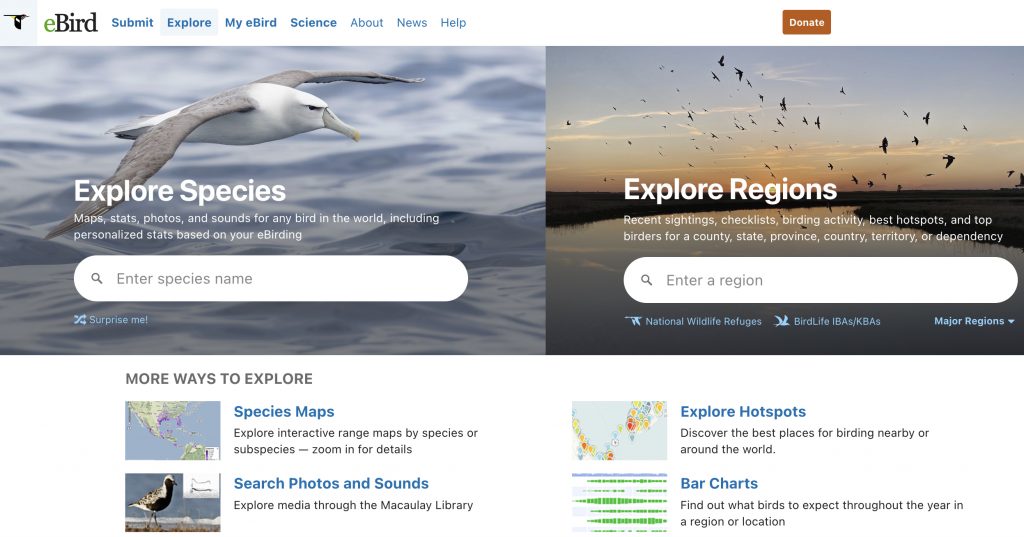
From this page there are multiple ways to find recent sightings. One way is to click on “Explore Hotspots” to get to a map where we can then zoom in on any desired location. Perhaps better yet, we can enter a county into the “Explore Regions” window. If we type “Cape May” in there, we will get a page that looks like this: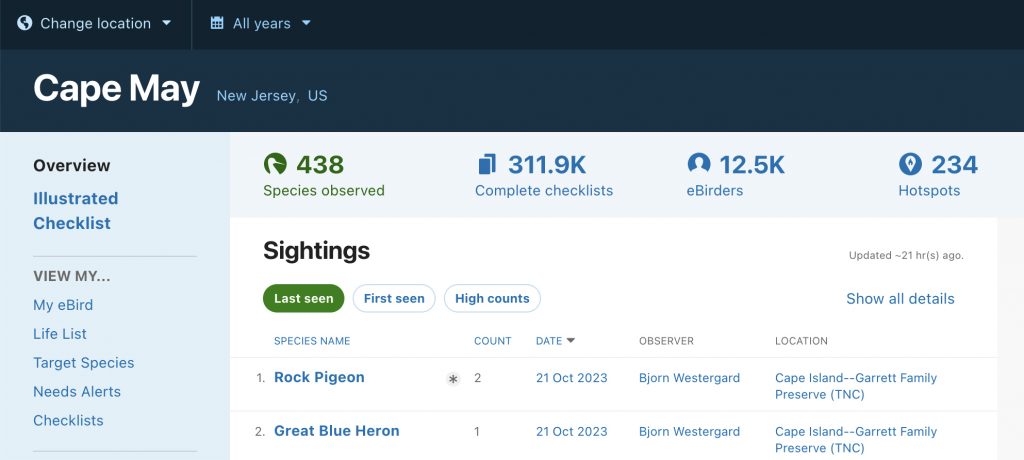 Now if we click on”complete checklists’, it will show the most recent checklists for Cape May County. Then click on any individual checklists to see what birds are being seen there. In this way we harvest the power of eBird to learn which birds others have been seeing and thereby to anticipate what we might see.
Now if we click on”complete checklists’, it will show the most recent checklists for Cape May County. Then click on any individual checklists to see what birds are being seen there. In this way we harvest the power of eBird to learn which birds others have been seeing and thereby to anticipate what we might see.
Another way to use eBird is to take advantage of their incredibly useful bar charts. The bar charts do not necessarily show what has been seen recently, but instead shows the longer-term historical pattern for any location. So how do we do that? If we go back to the eBird “Explore” page shown above, simply click on ‘bar charts” on the bottom right side of the page, which will open to the following page, where you can narrow your selection down to state, county, or to a specific hotspot.
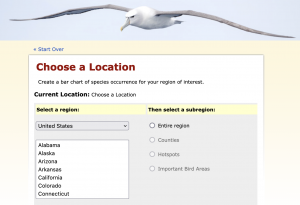 After searching for the desired location, you will see all recent reports for that site. As an example, if we look at a portion of the bar chart showing the birds in Orange County, FL (home to Orlando), we see that Eastern Phoebes and Blue-headed Vireos would not be seen in mid-summer, whereas Great Crested Flycatchers and Eastern Kingbirds would be expected in summer, with Great Cresteds being much more common, based on the thickness of the bar. By contrast, White-eyed Vireos are present year-round while species such as Say’s Phoebe would be a rarity at any time of year. This is incredibly valuable information to have if you are unfamiliar with identifying these birds, giving a strong sense of what can be expected during any time of the year.
After searching for the desired location, you will see all recent reports for that site. As an example, if we look at a portion of the bar chart showing the birds in Orange County, FL (home to Orlando), we see that Eastern Phoebes and Blue-headed Vireos would not be seen in mid-summer, whereas Great Crested Flycatchers and Eastern Kingbirds would be expected in summer, with Great Cresteds being much more common, based on the thickness of the bar. By contrast, White-eyed Vireos are present year-round while species such as Say’s Phoebe would be a rarity at any time of year. This is incredibly valuable information to have if you are unfamiliar with identifying these birds, giving a strong sense of what can be expected during any time of the year.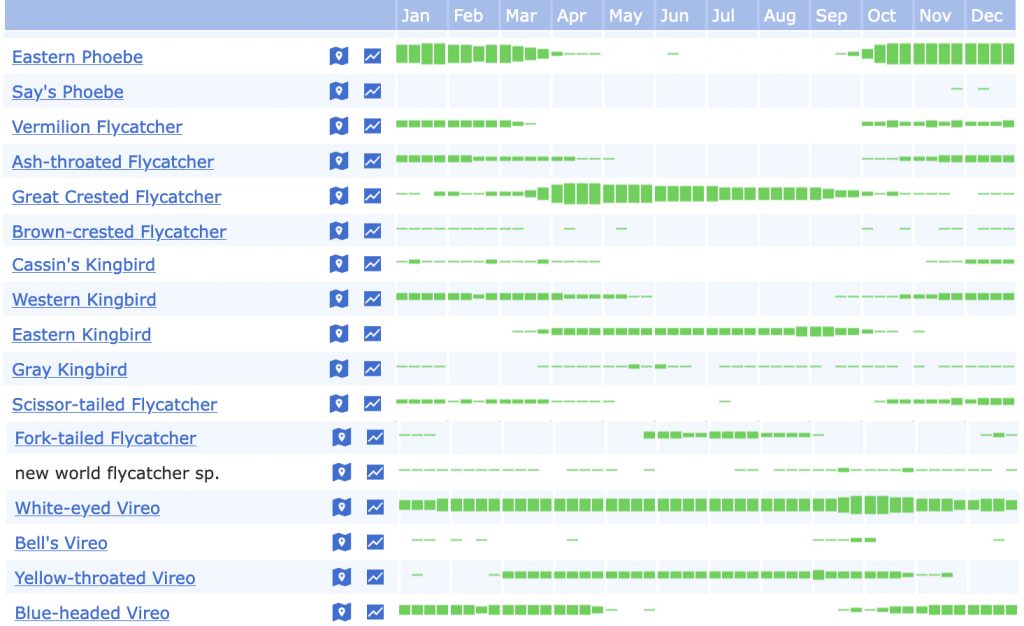
Now, armed with this information, whether using your own field notes through the year or the combination of the eBird tools (Recent Sightings and Bar Charts), you can refer to your field guide before going out into the field and review the expected birds…refresh your memory banks with their essential field marks, or to listen to their songs. I suspect that you’ll find it that much easier to find and identify the birds that might be around on that day, instead of walking outdoors with a blank slate and no idea of what birds might be around. Using these methods you now will be on your own way to becoming a better and more experienced birder; if not, you risk remaining a beginner forever.
